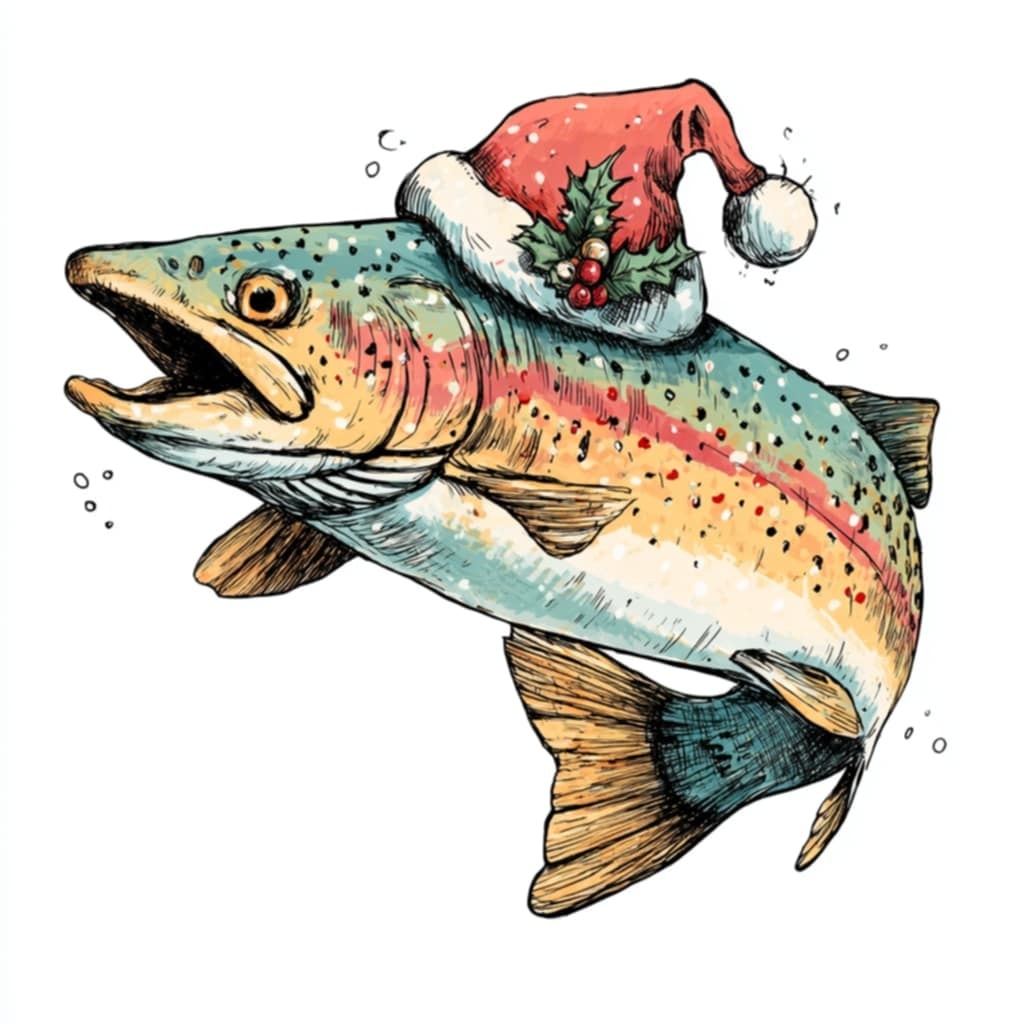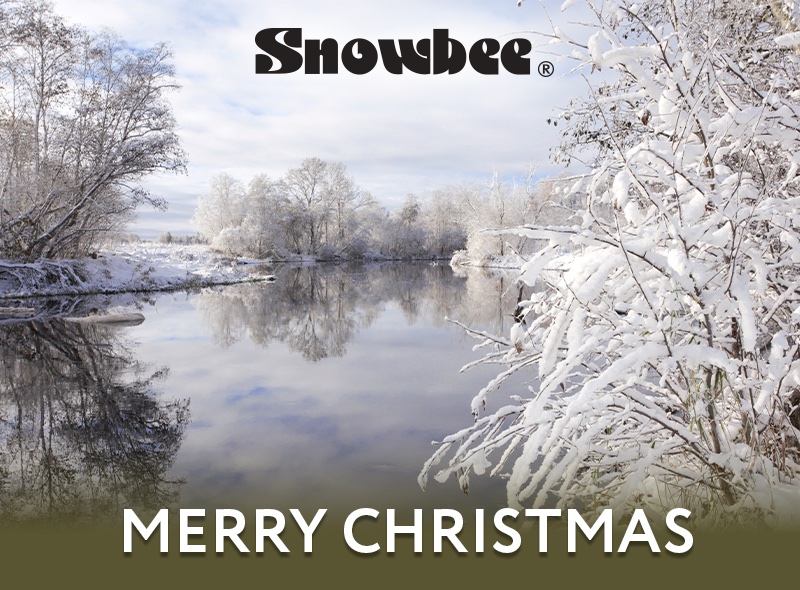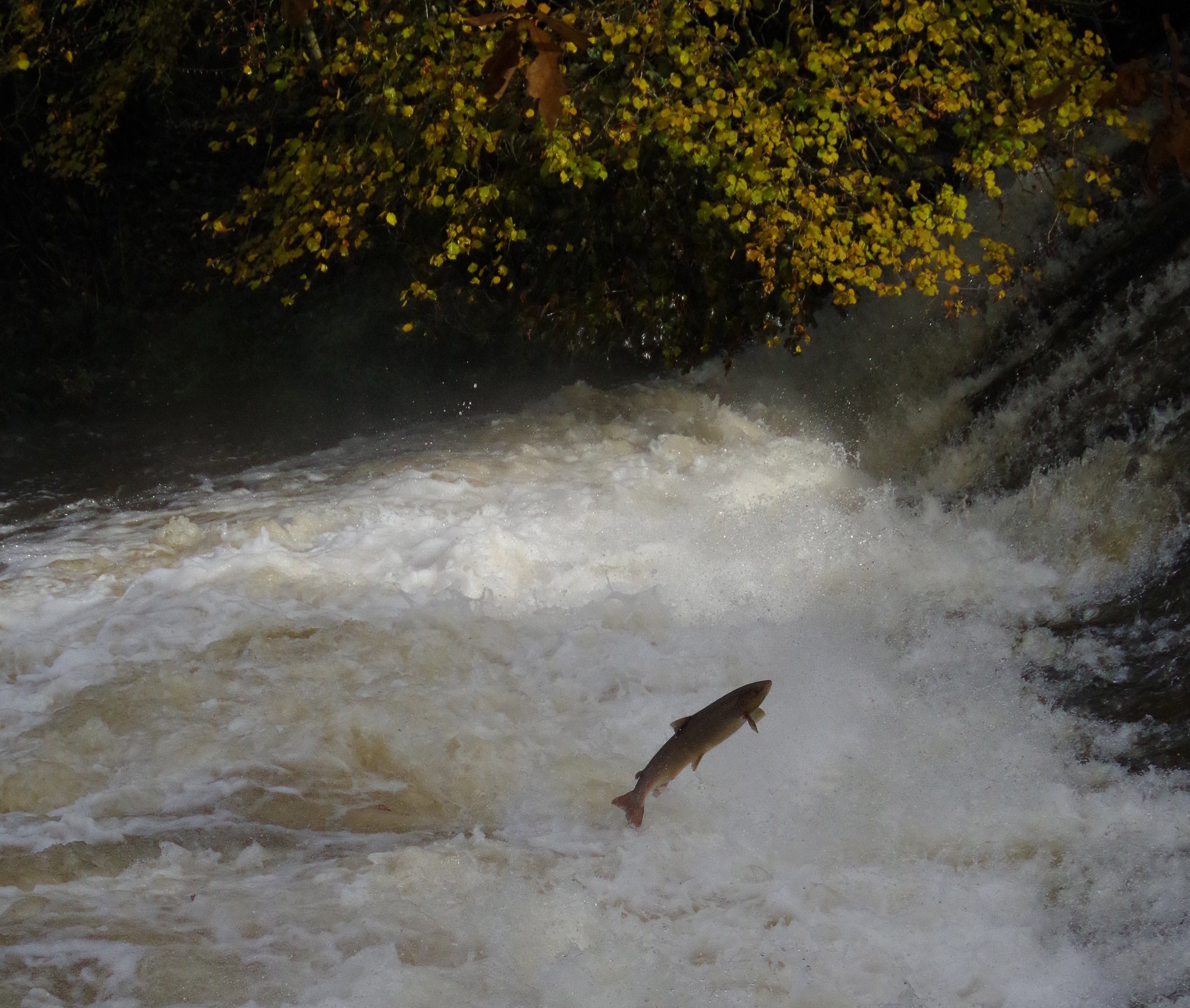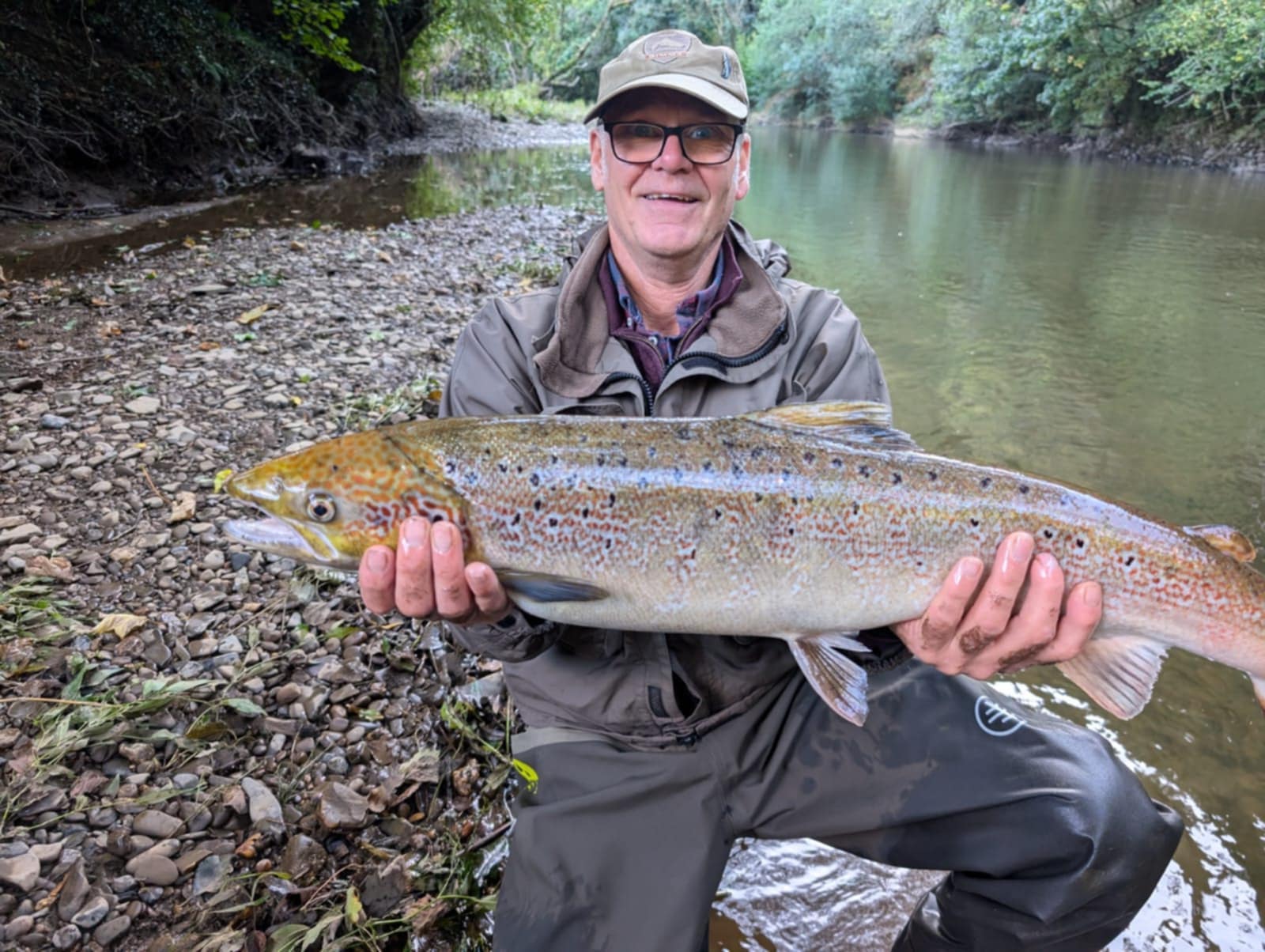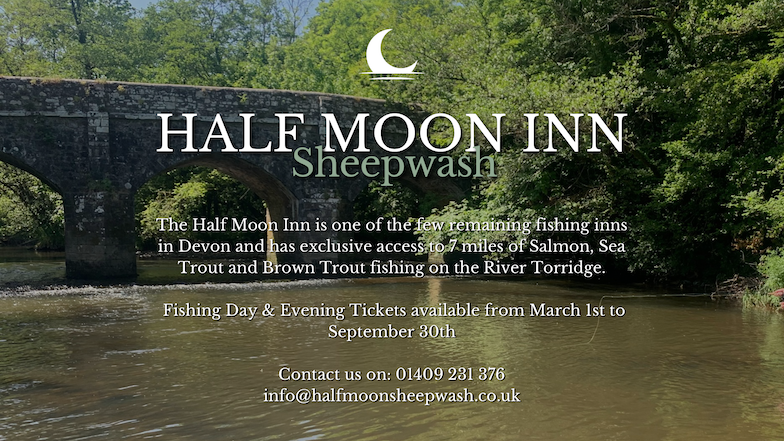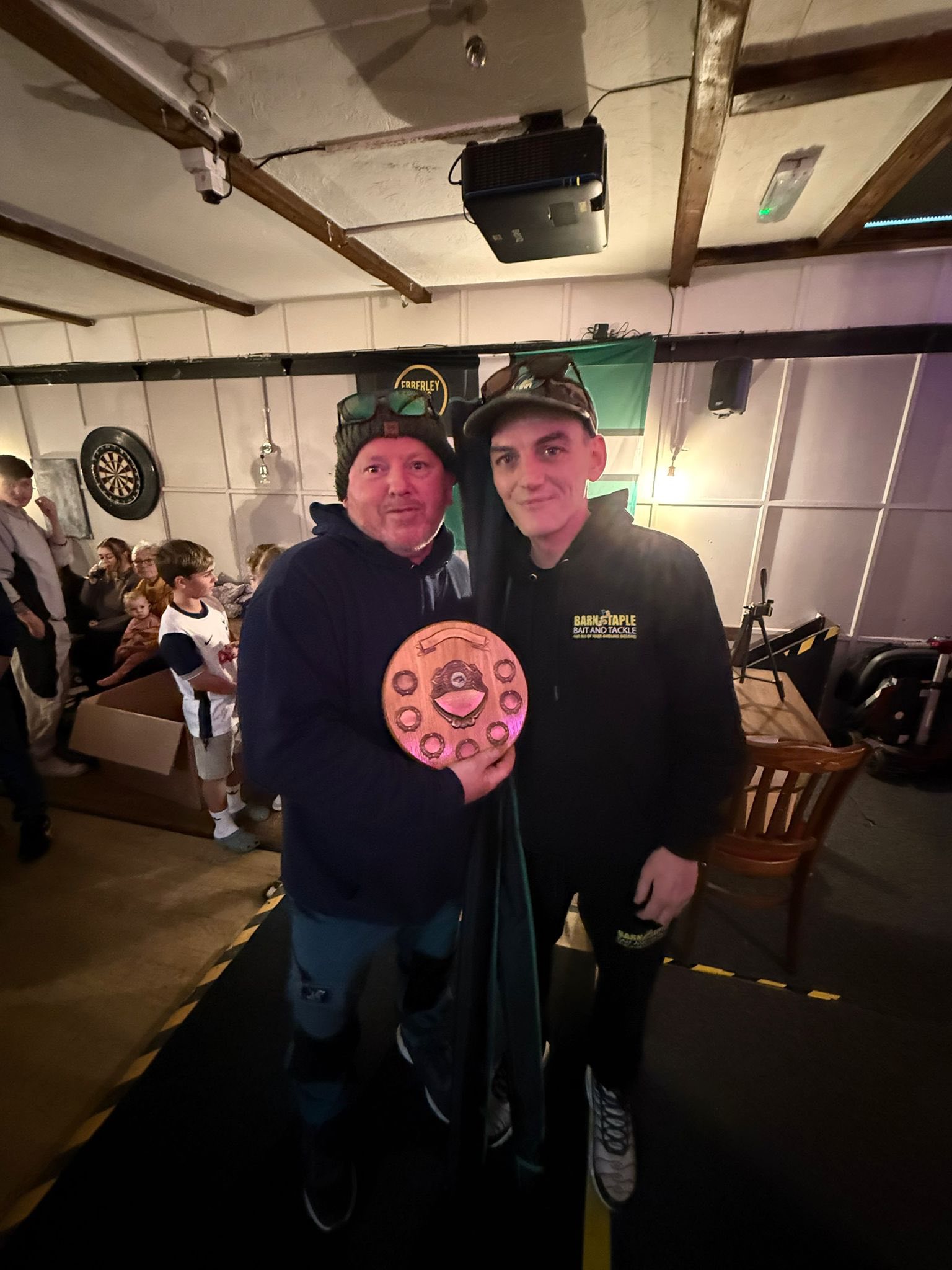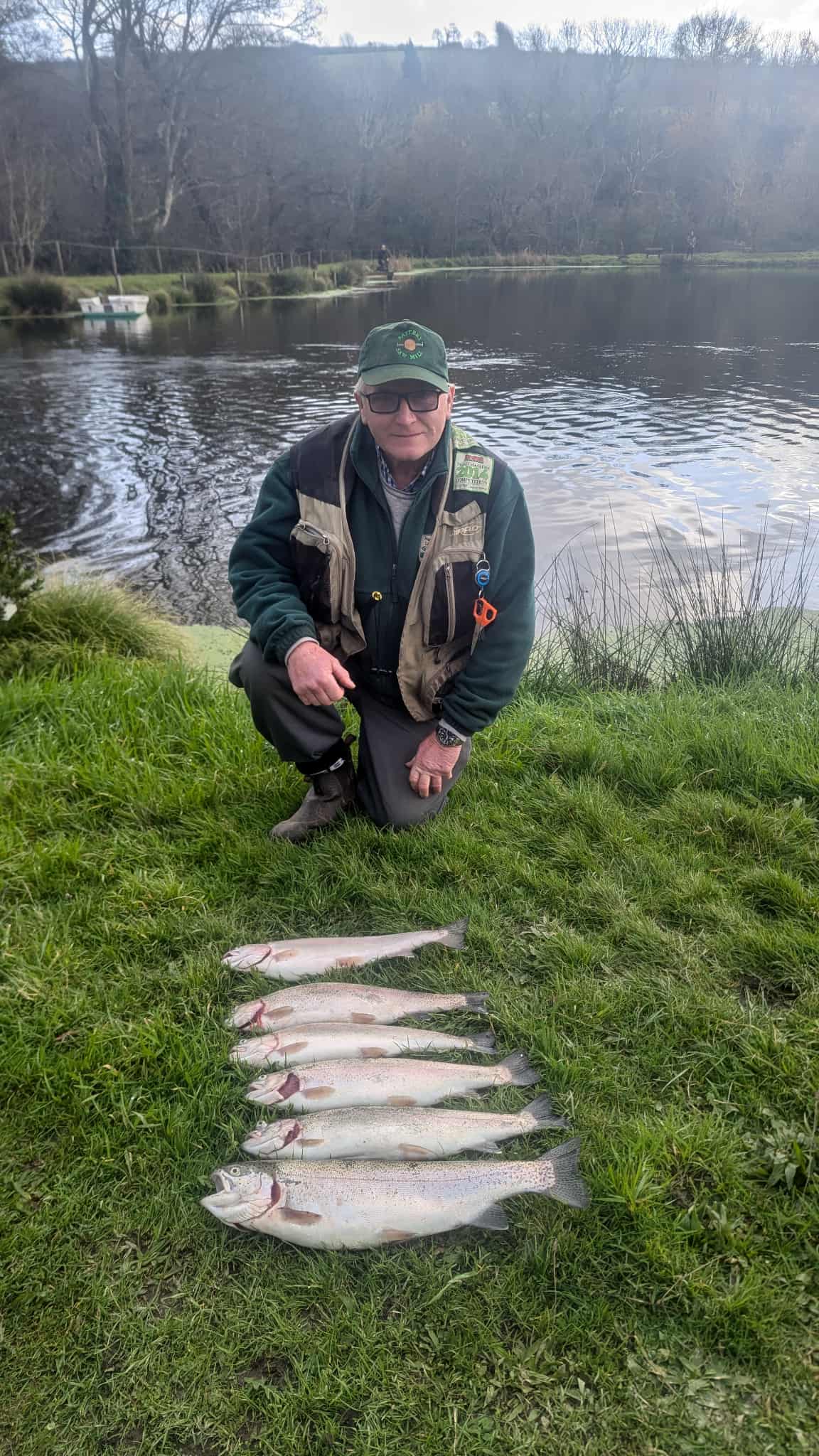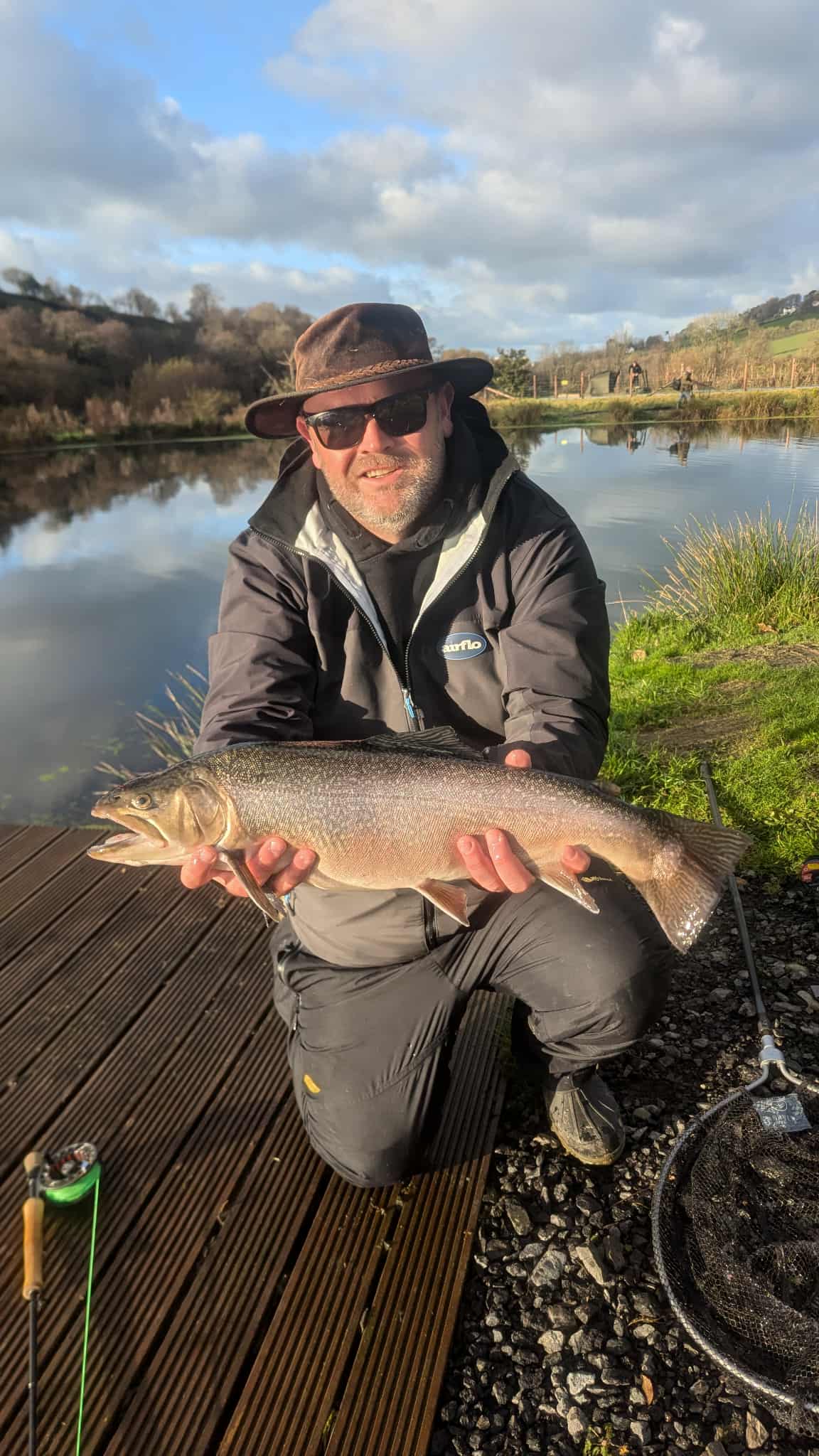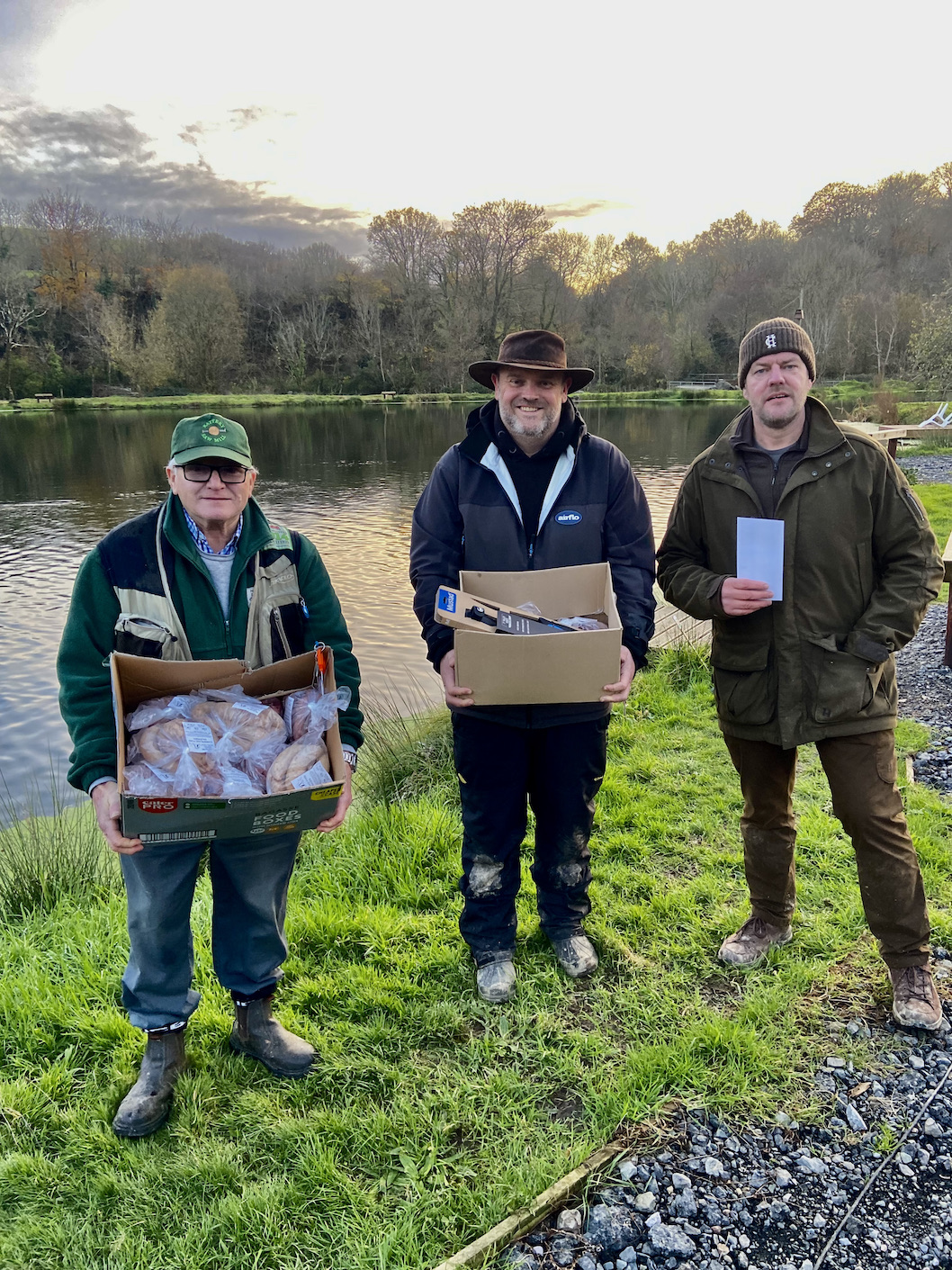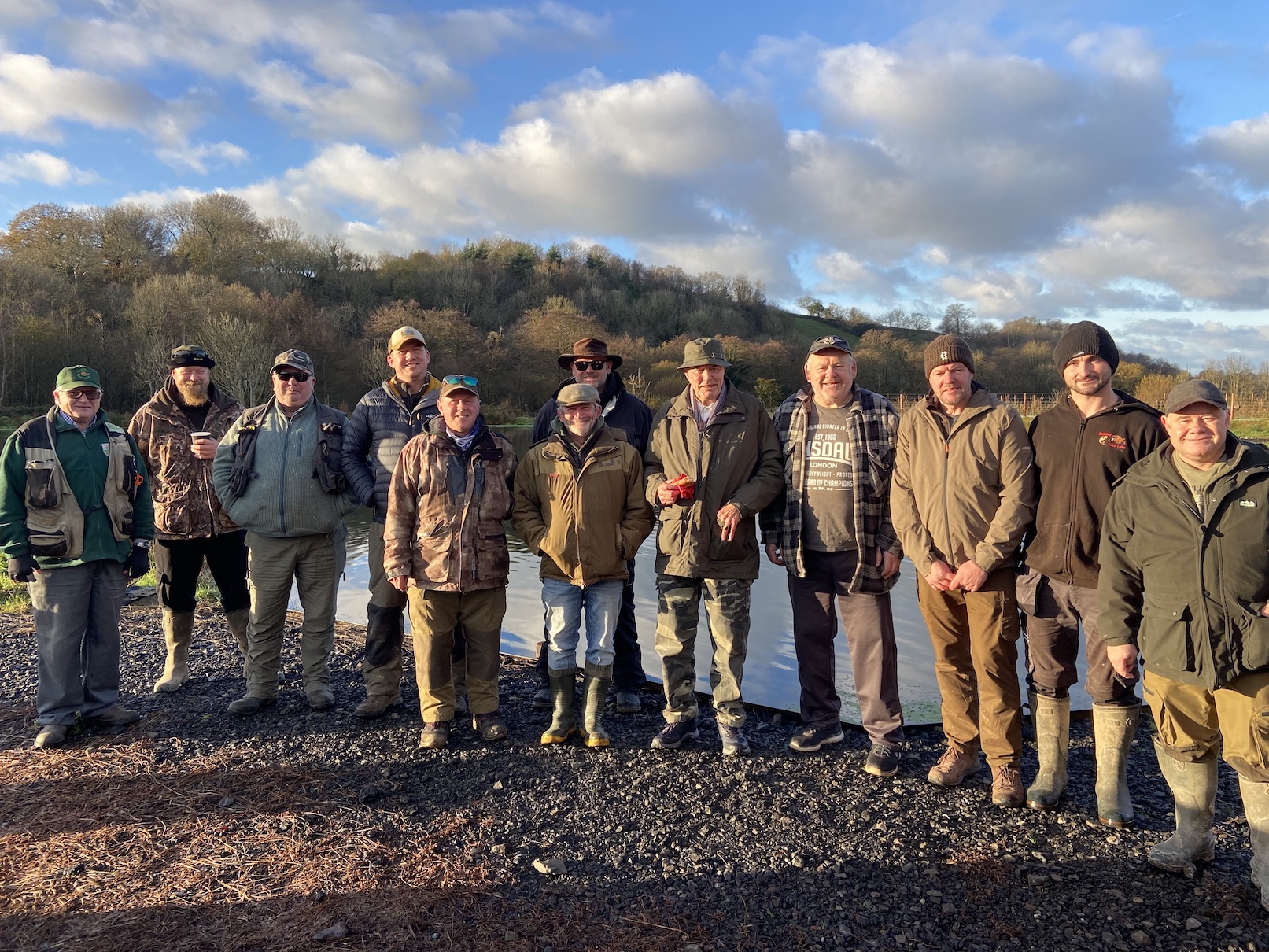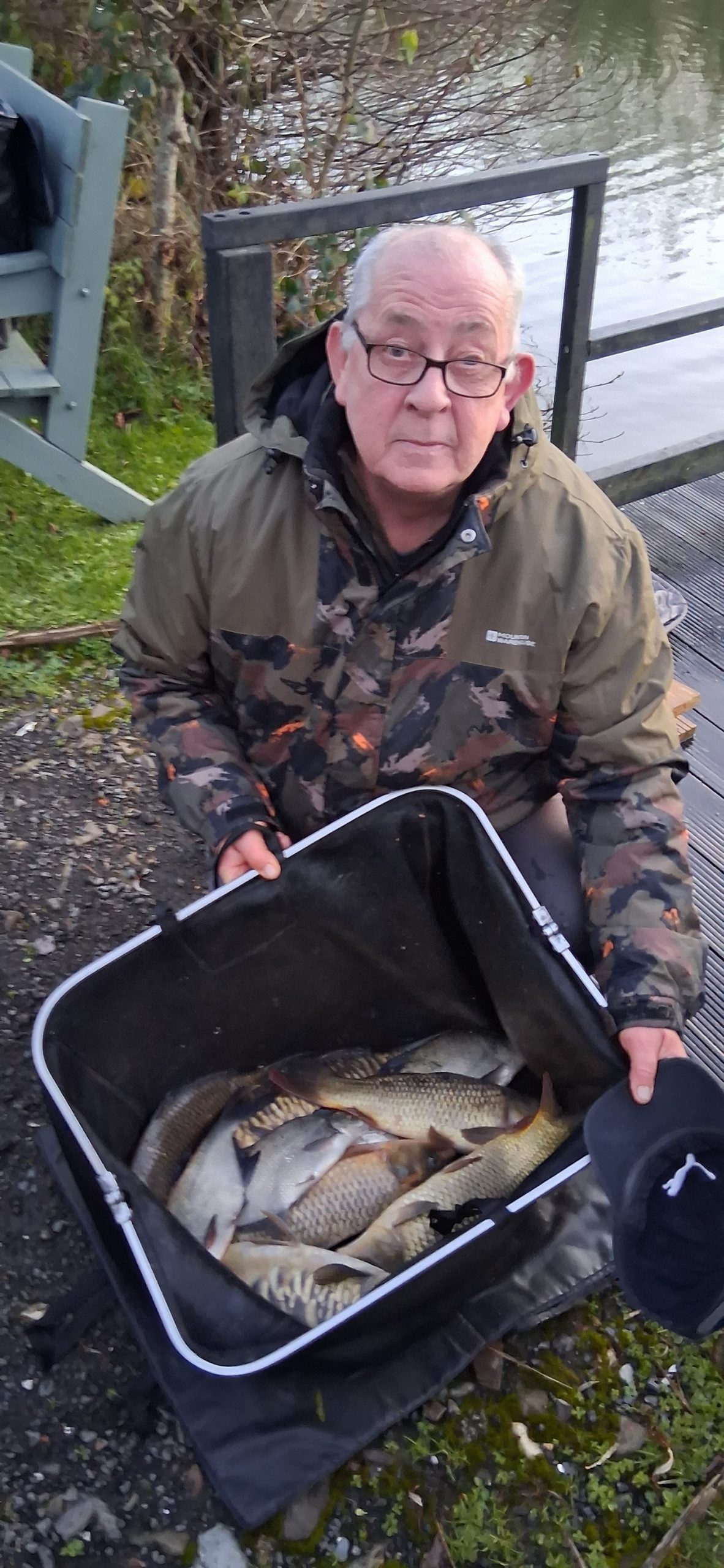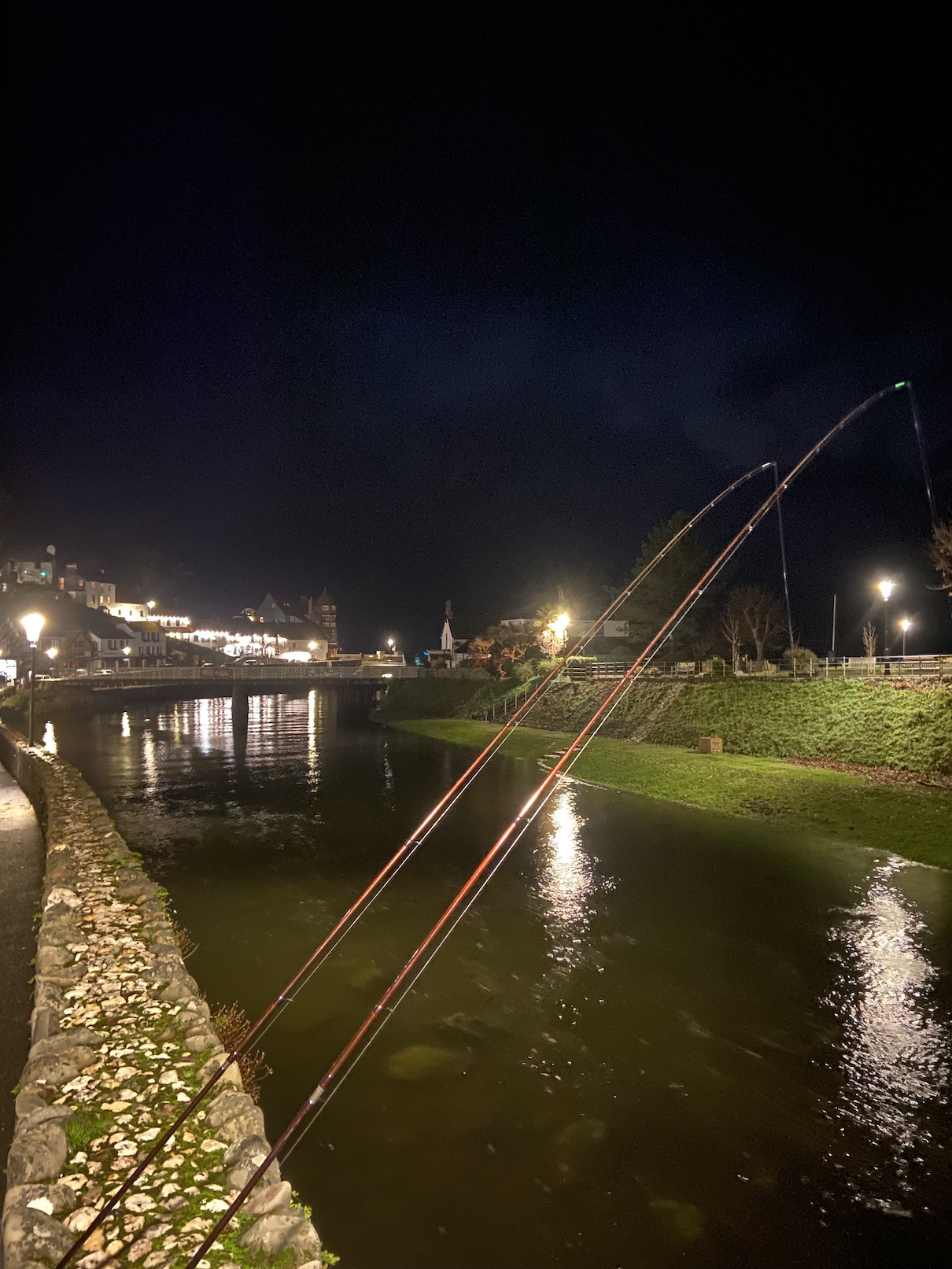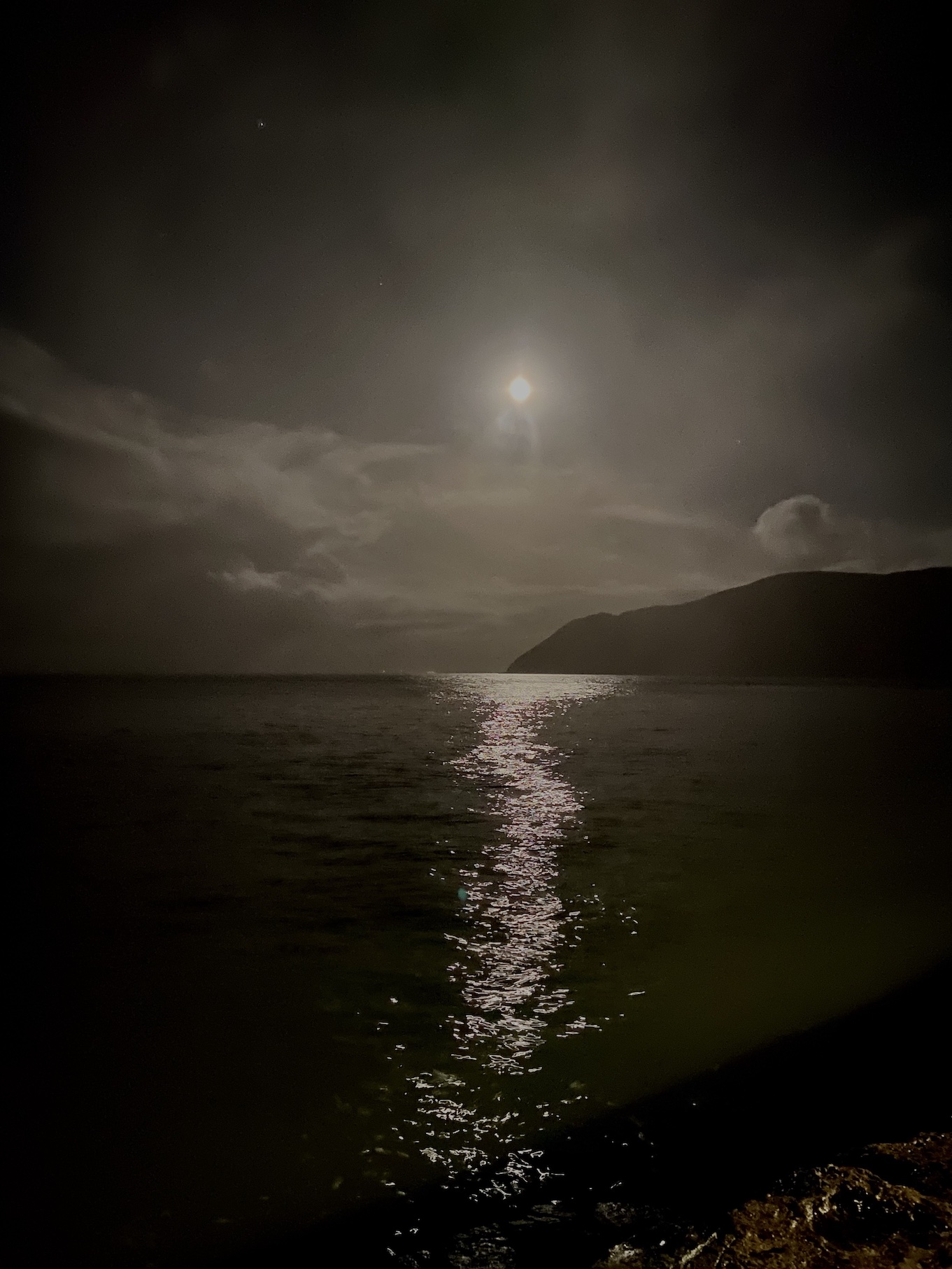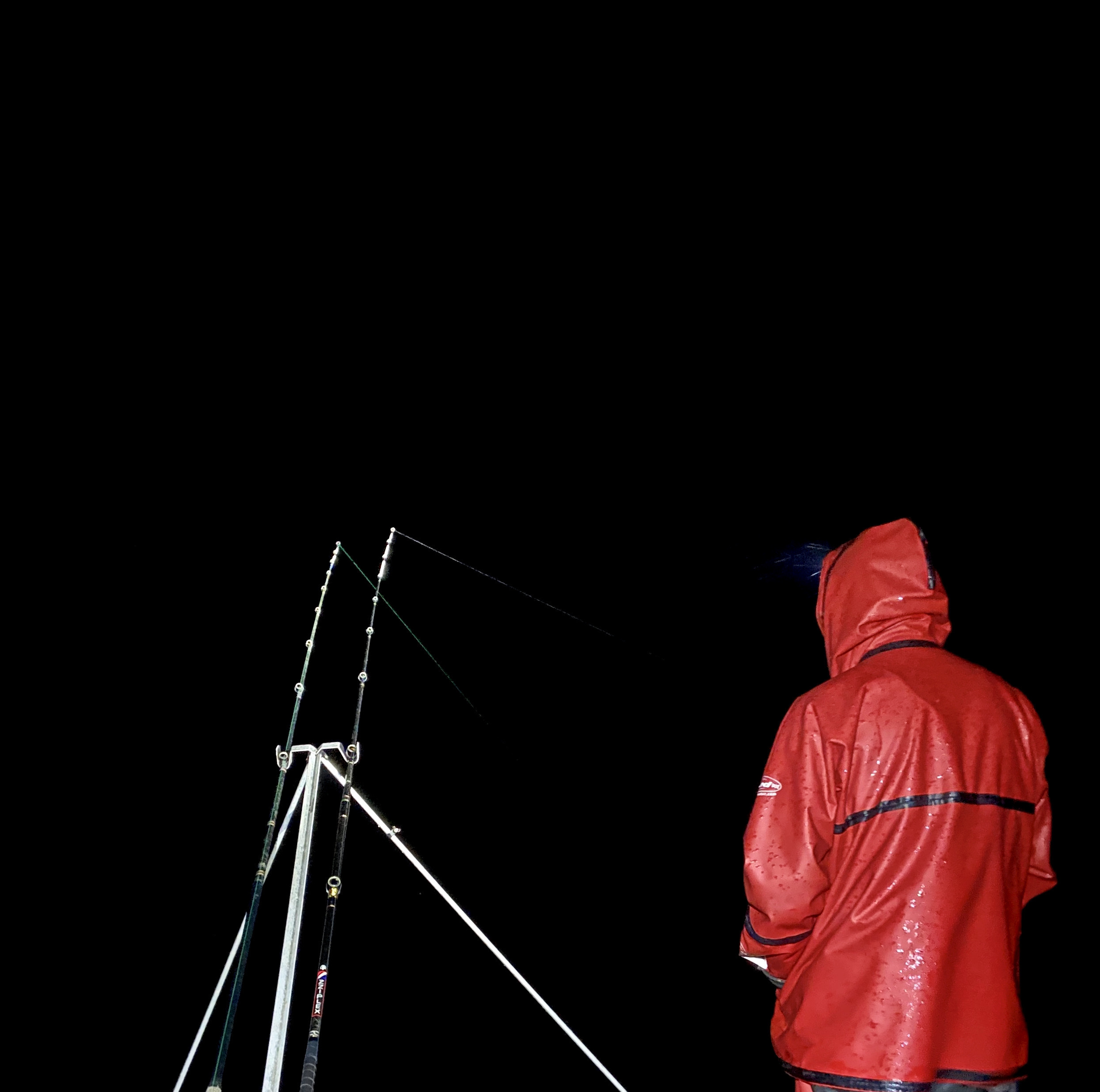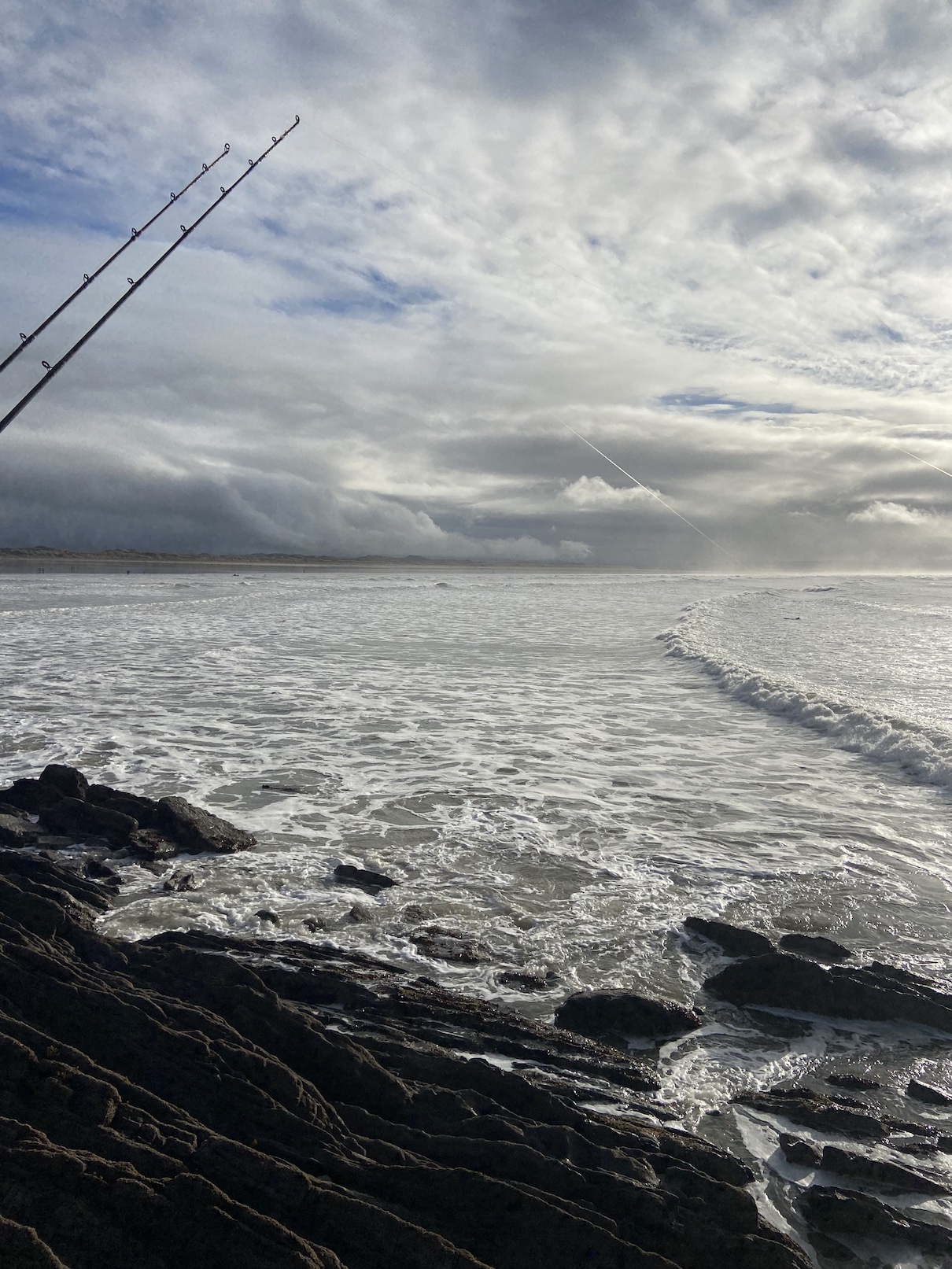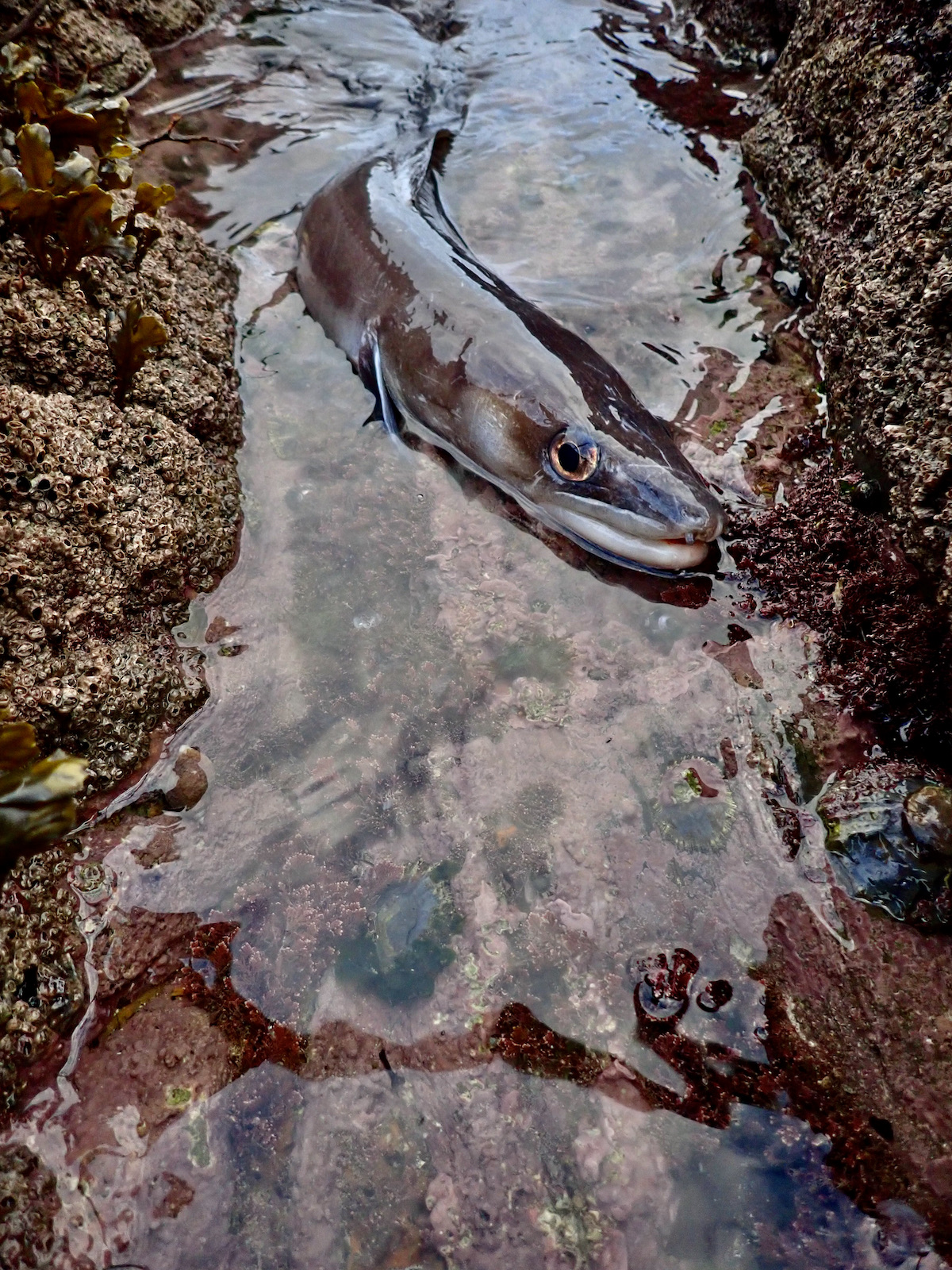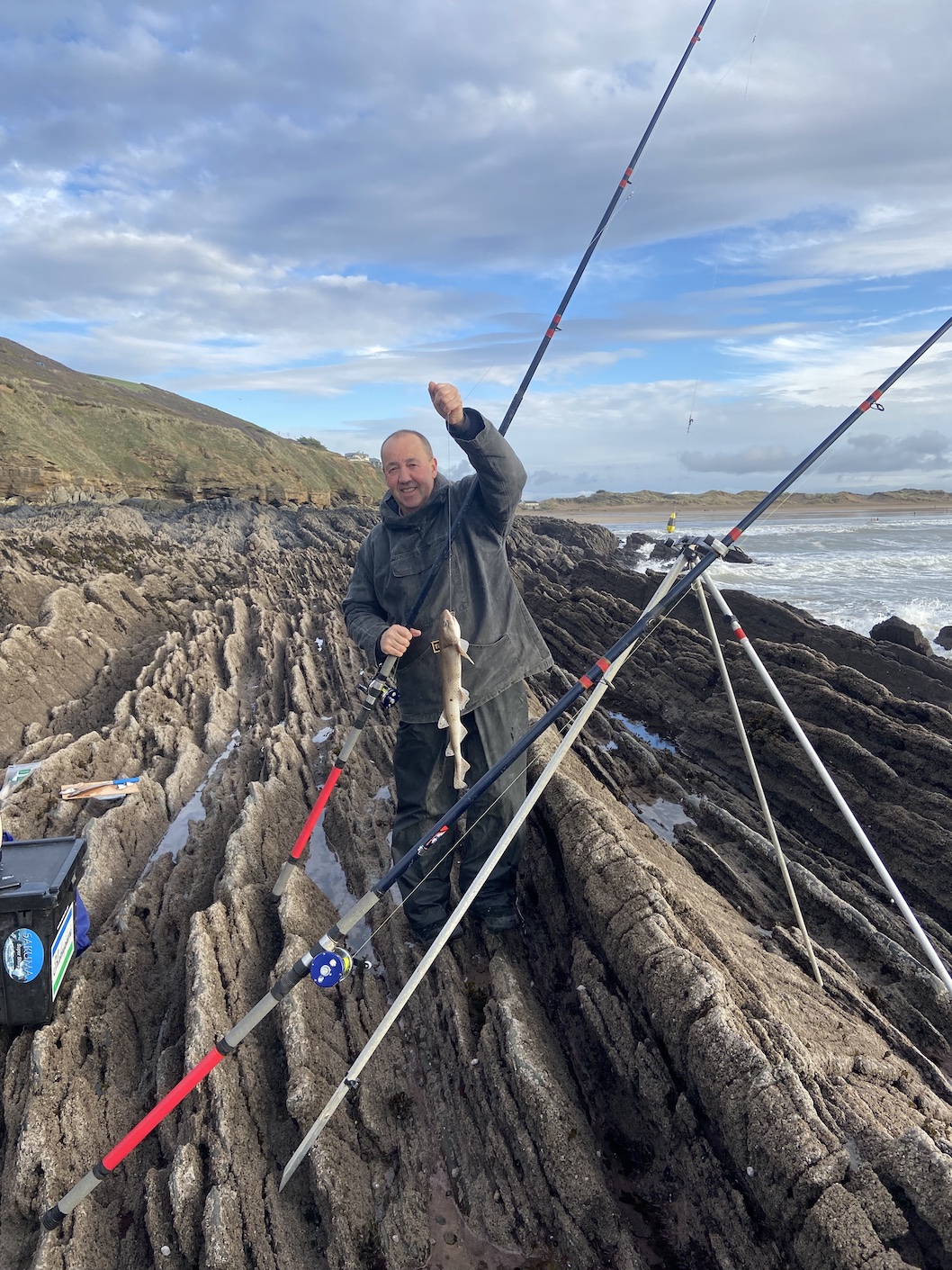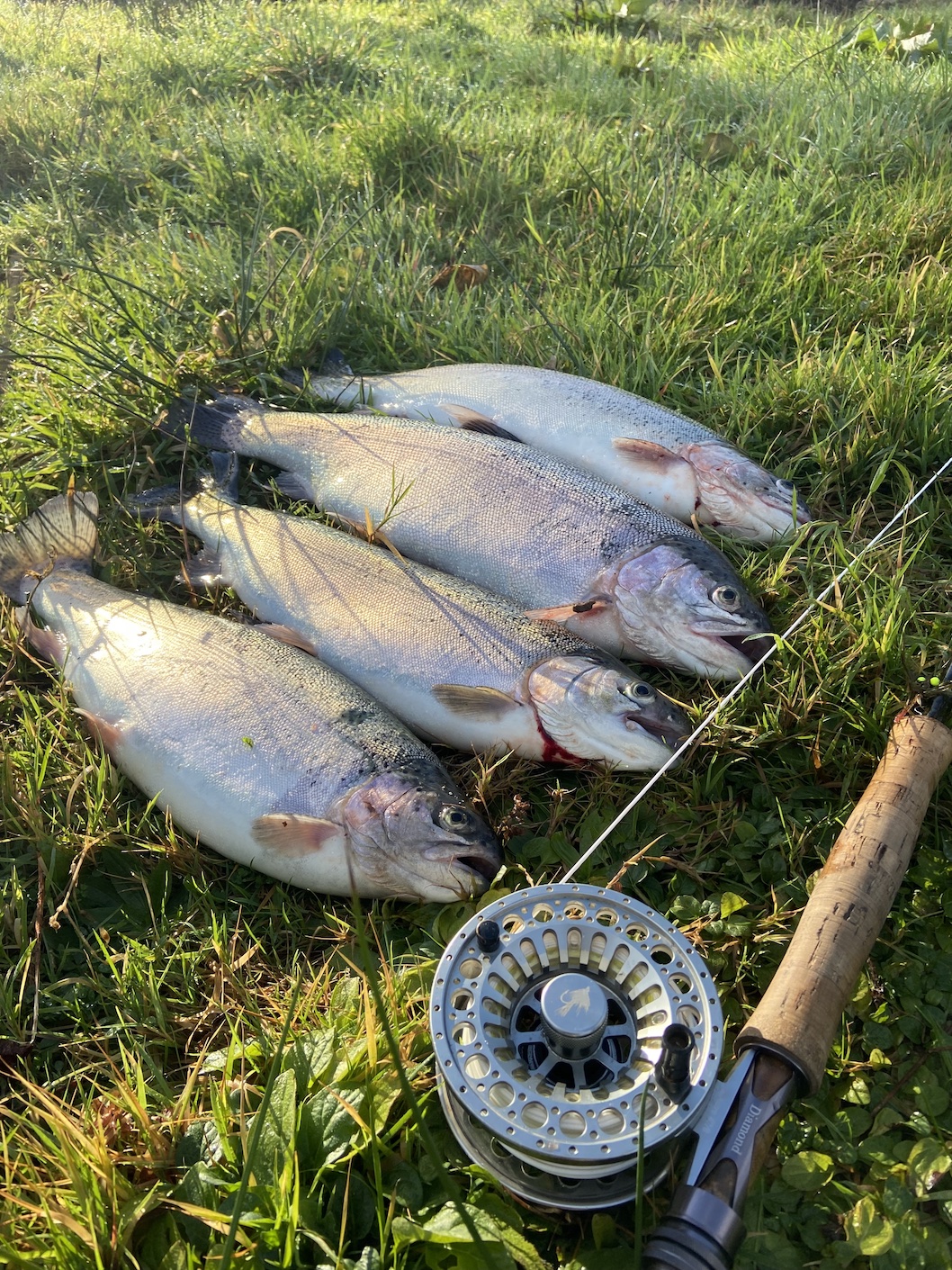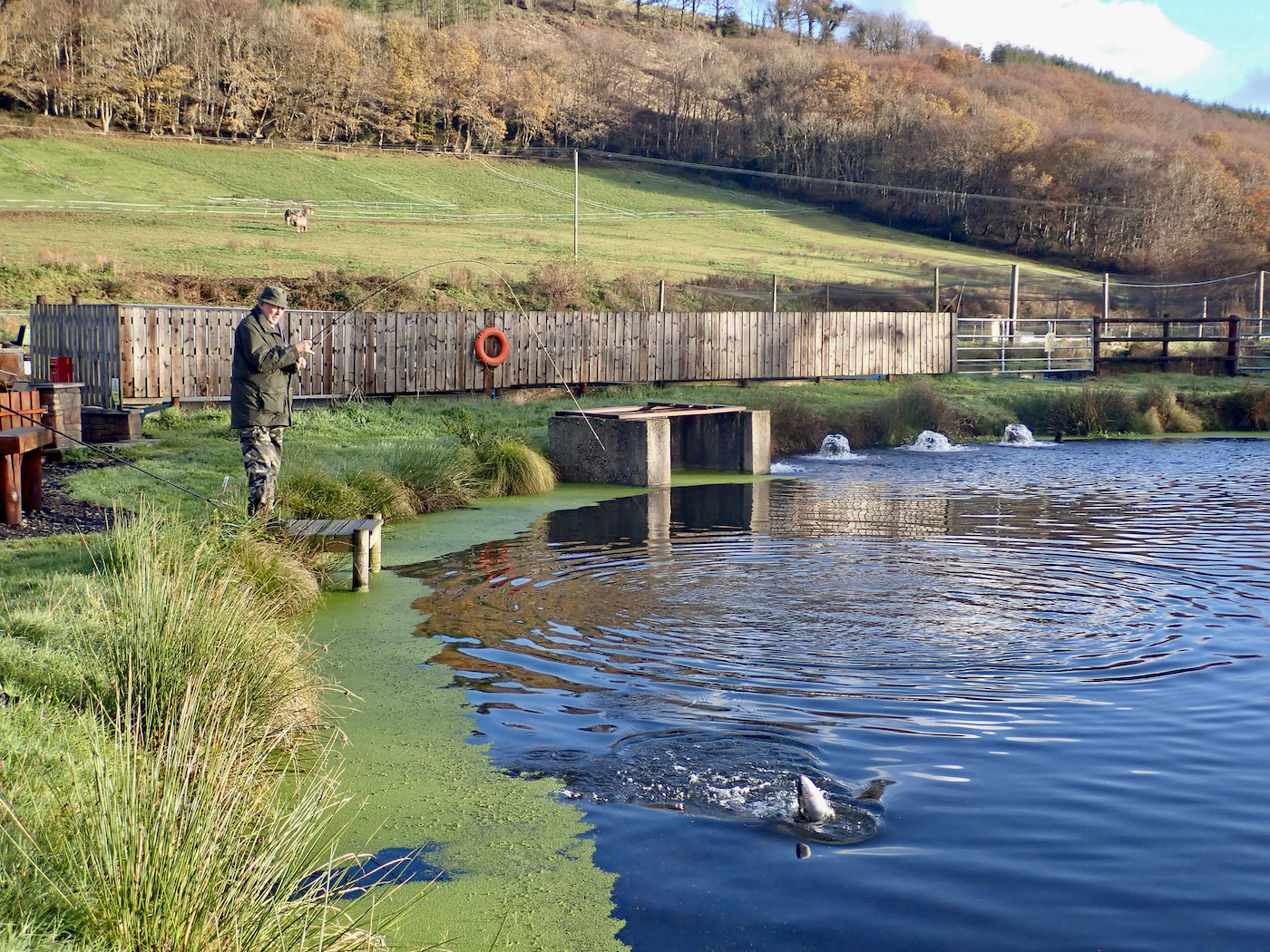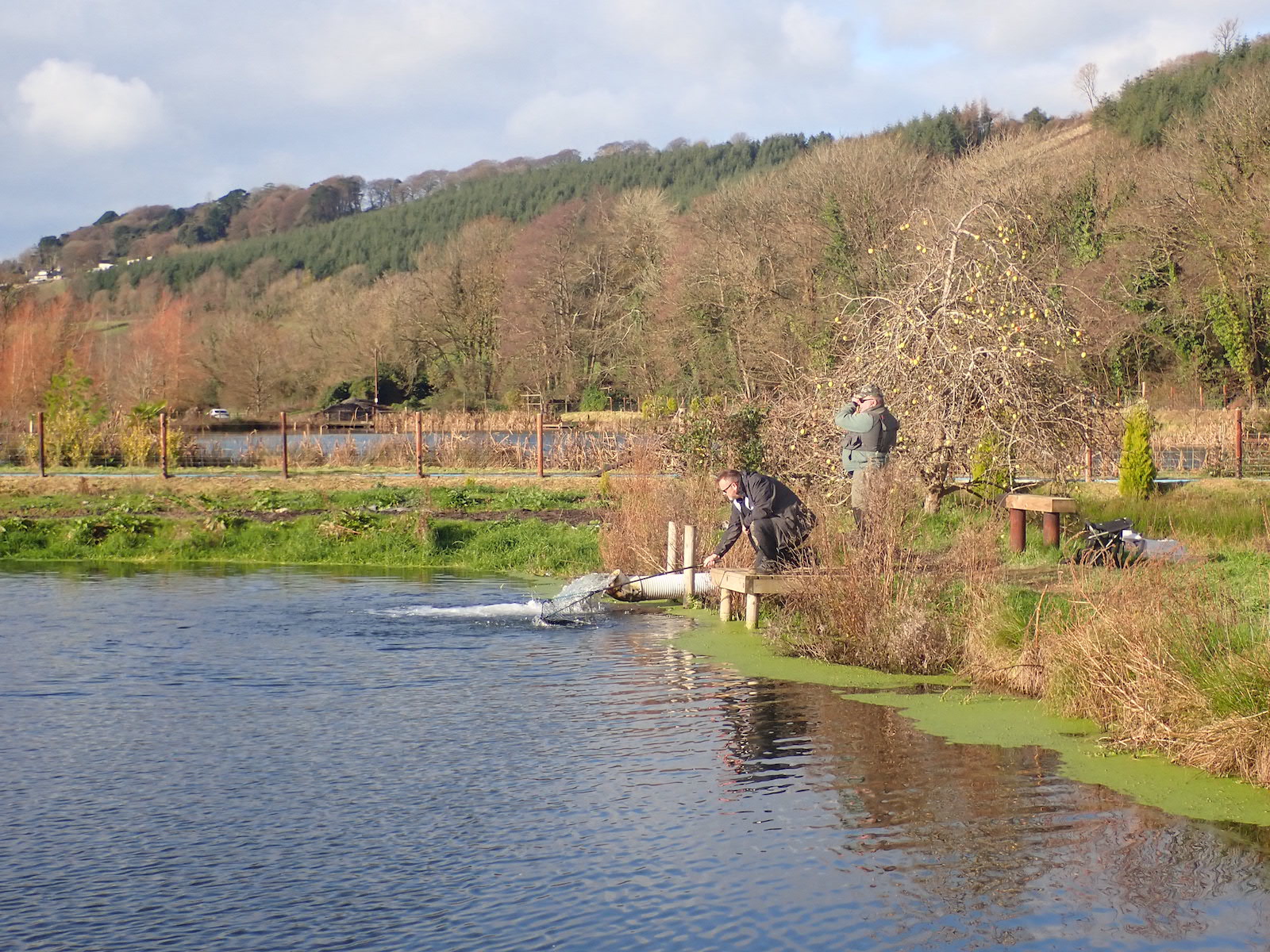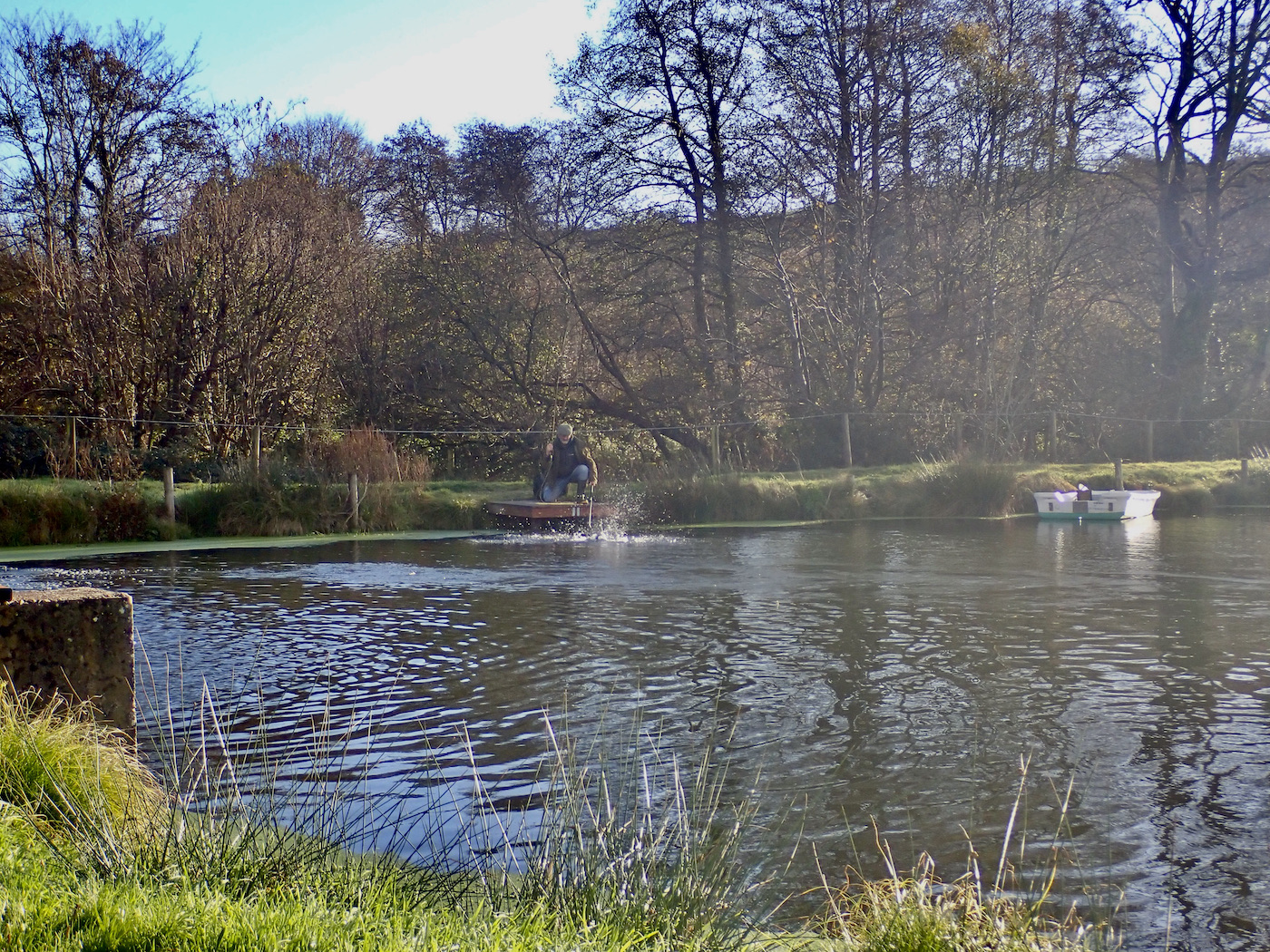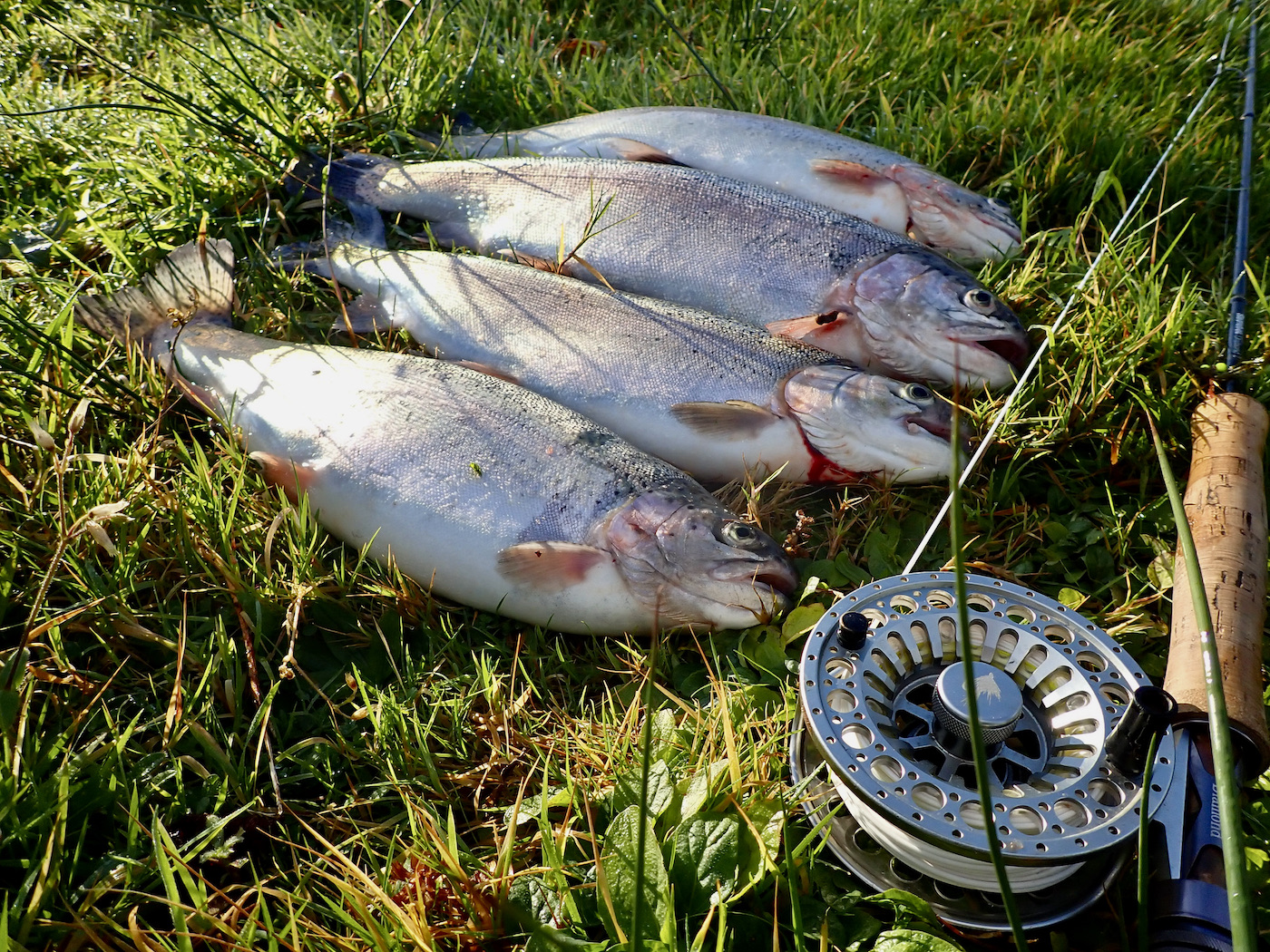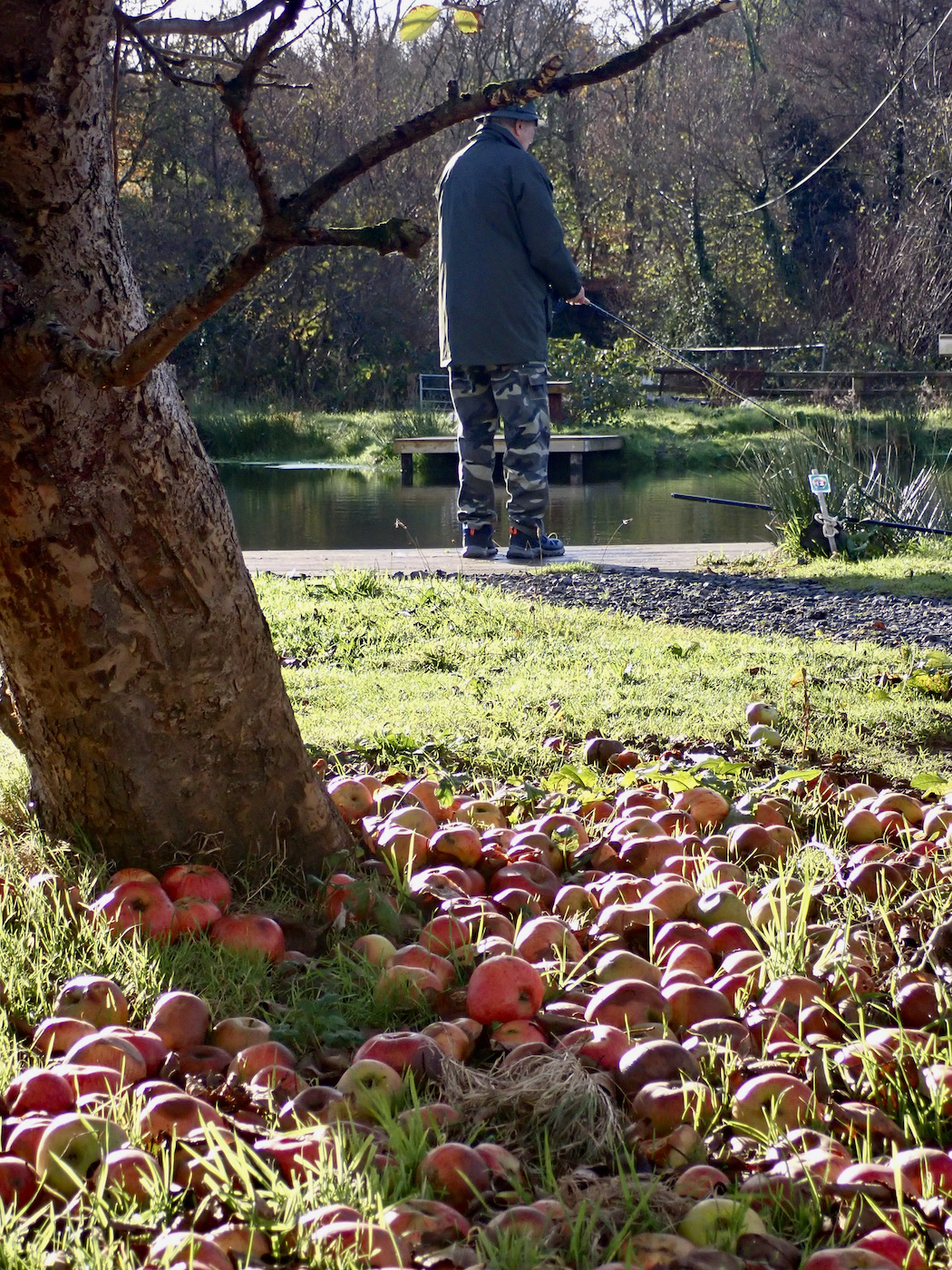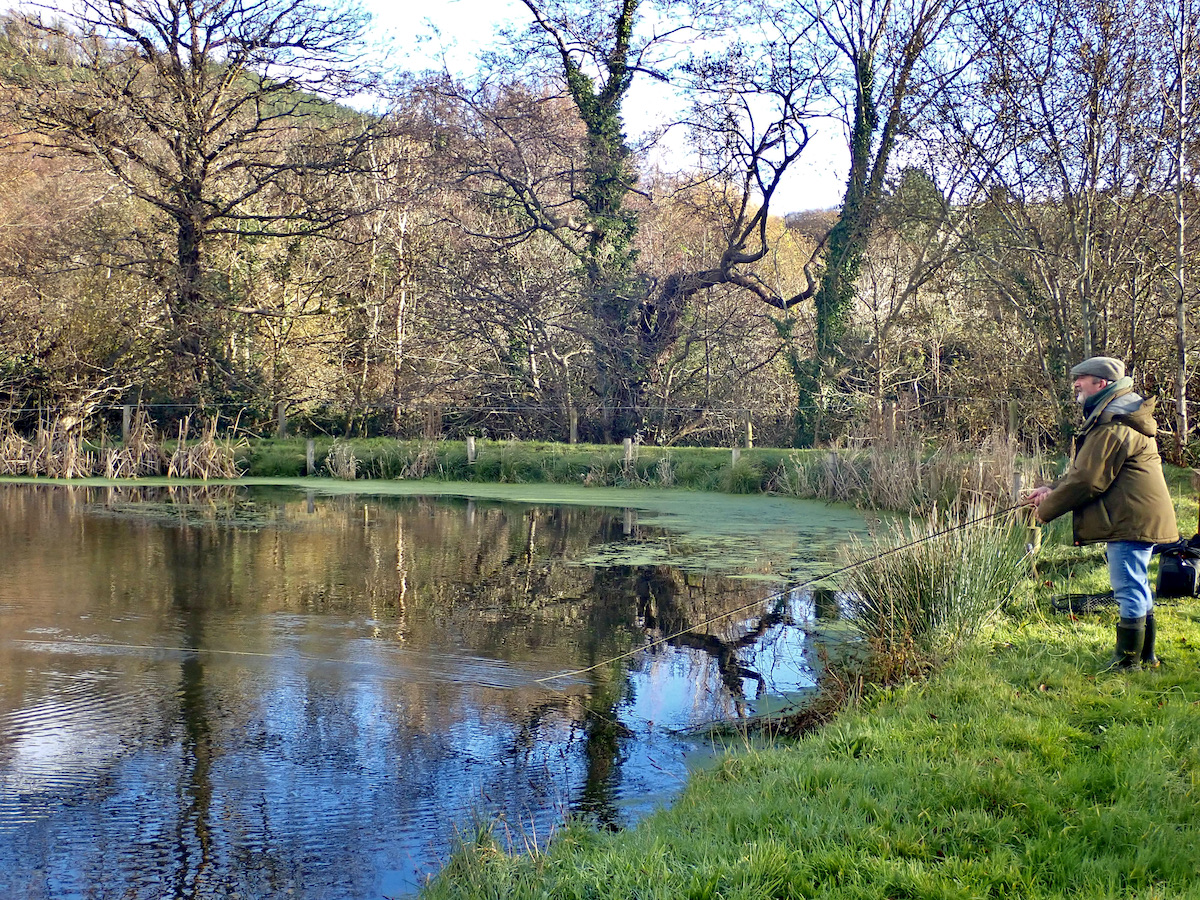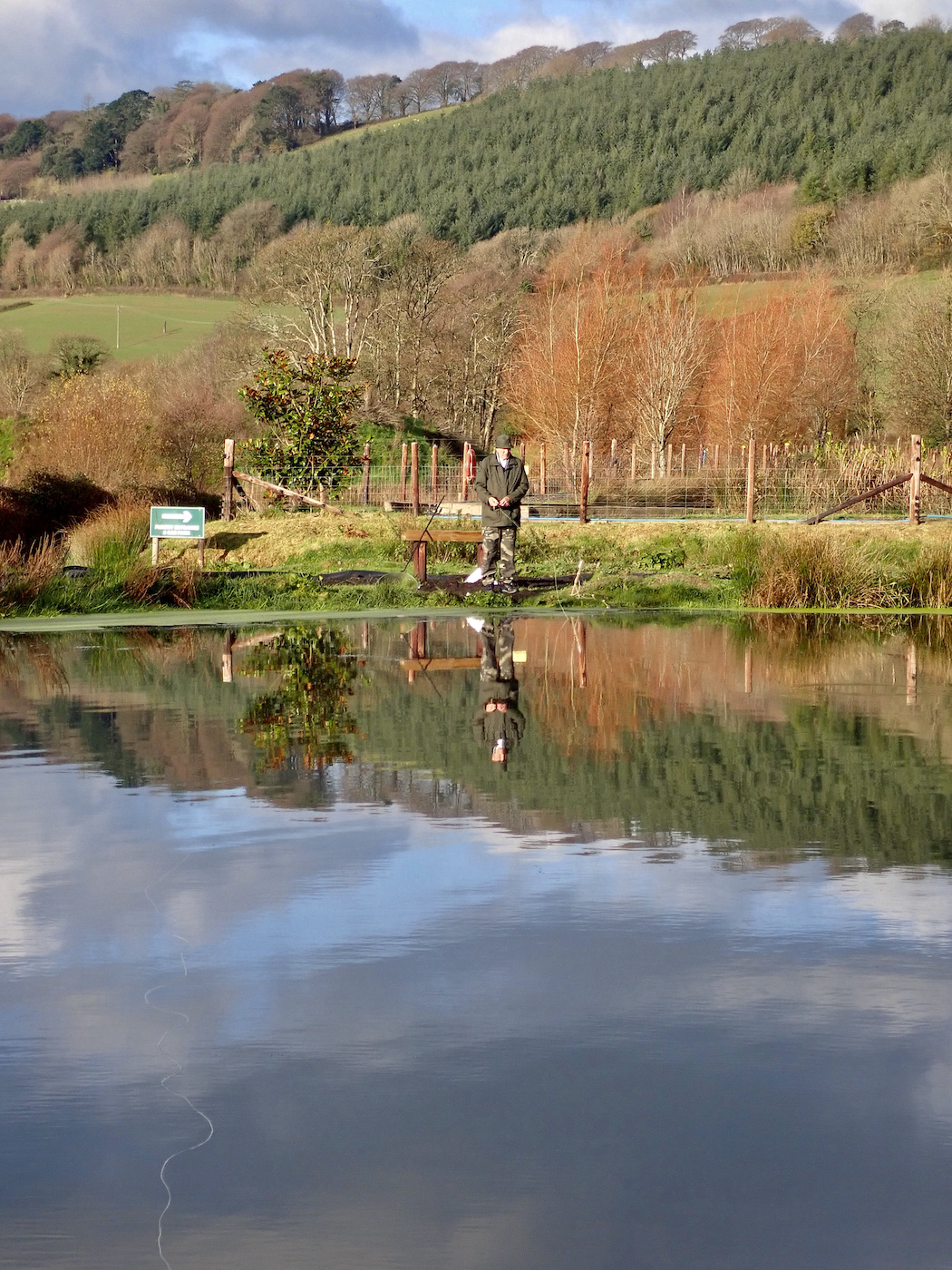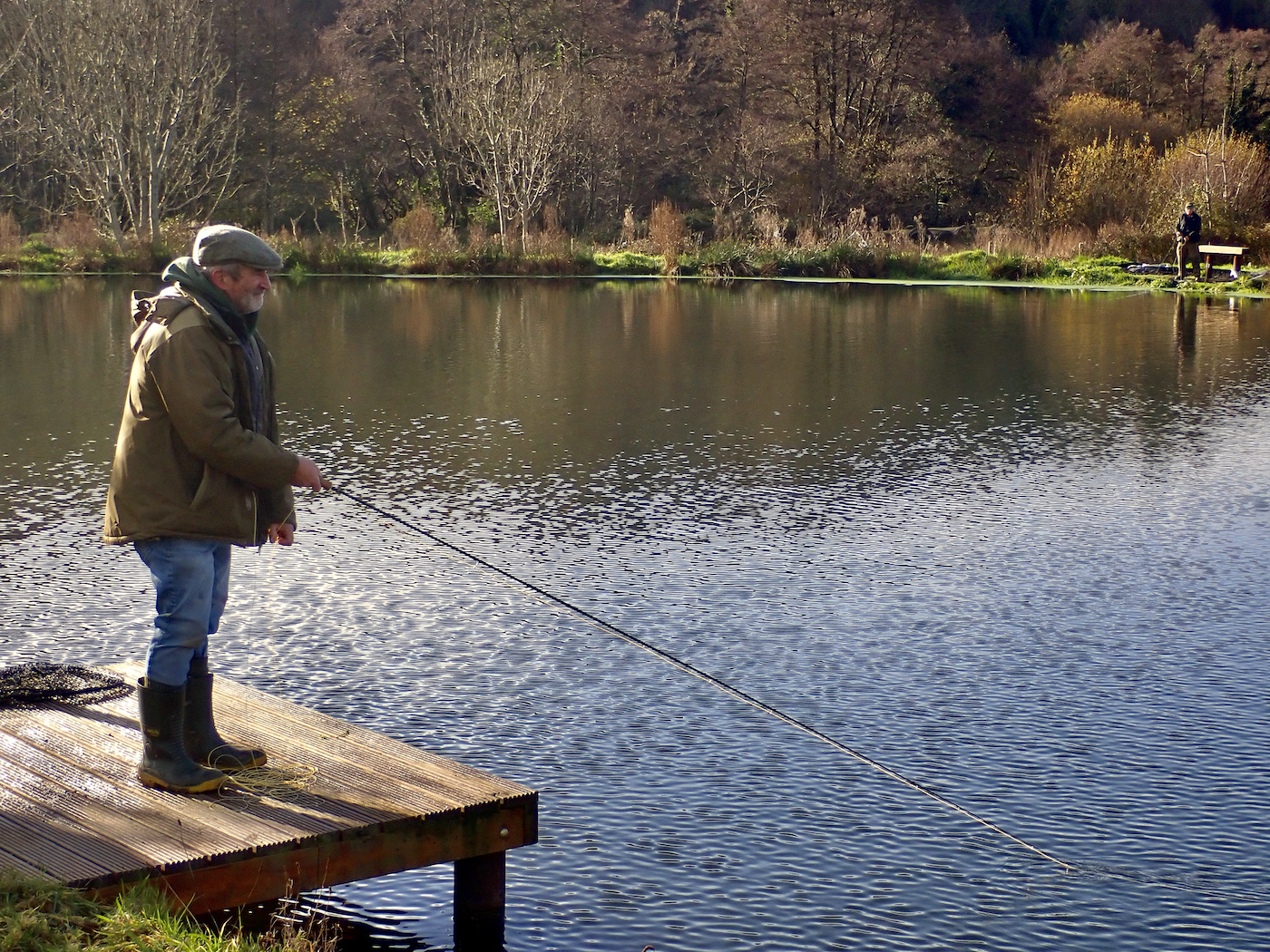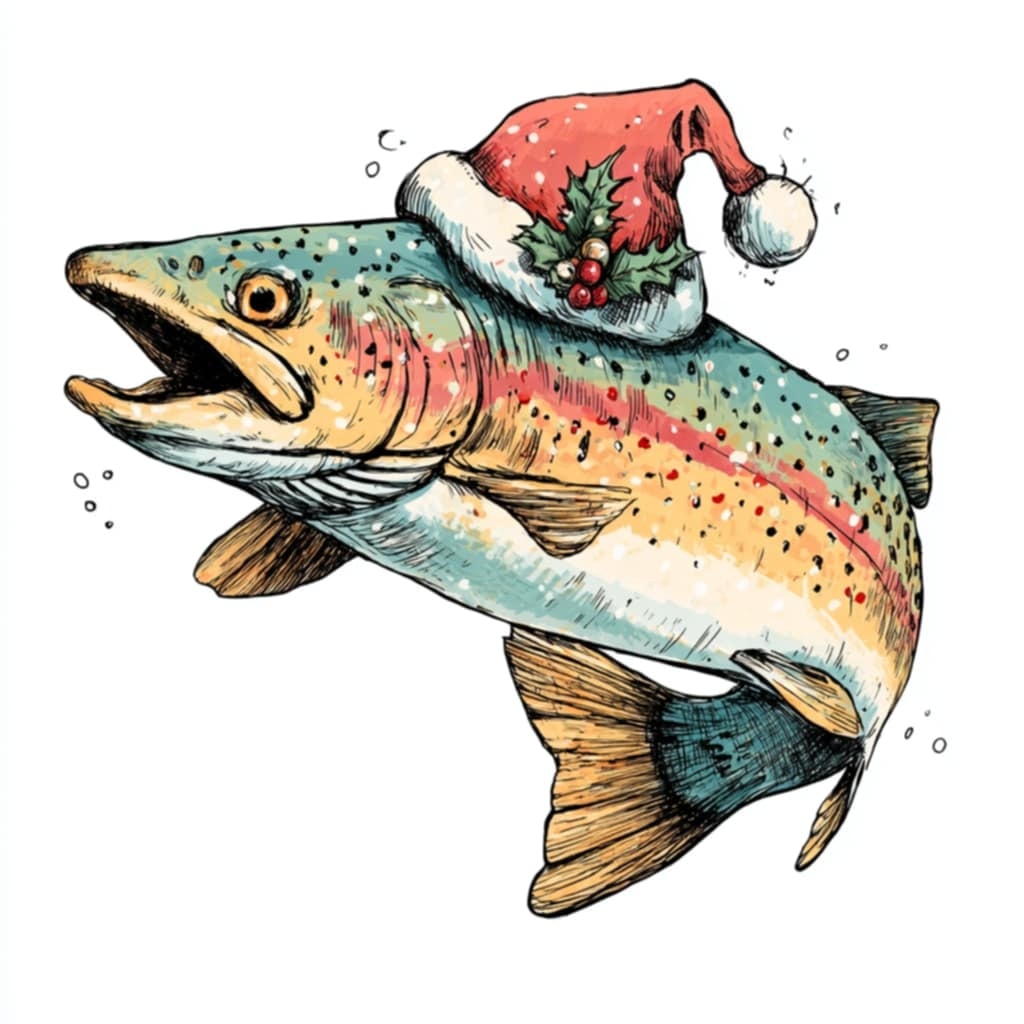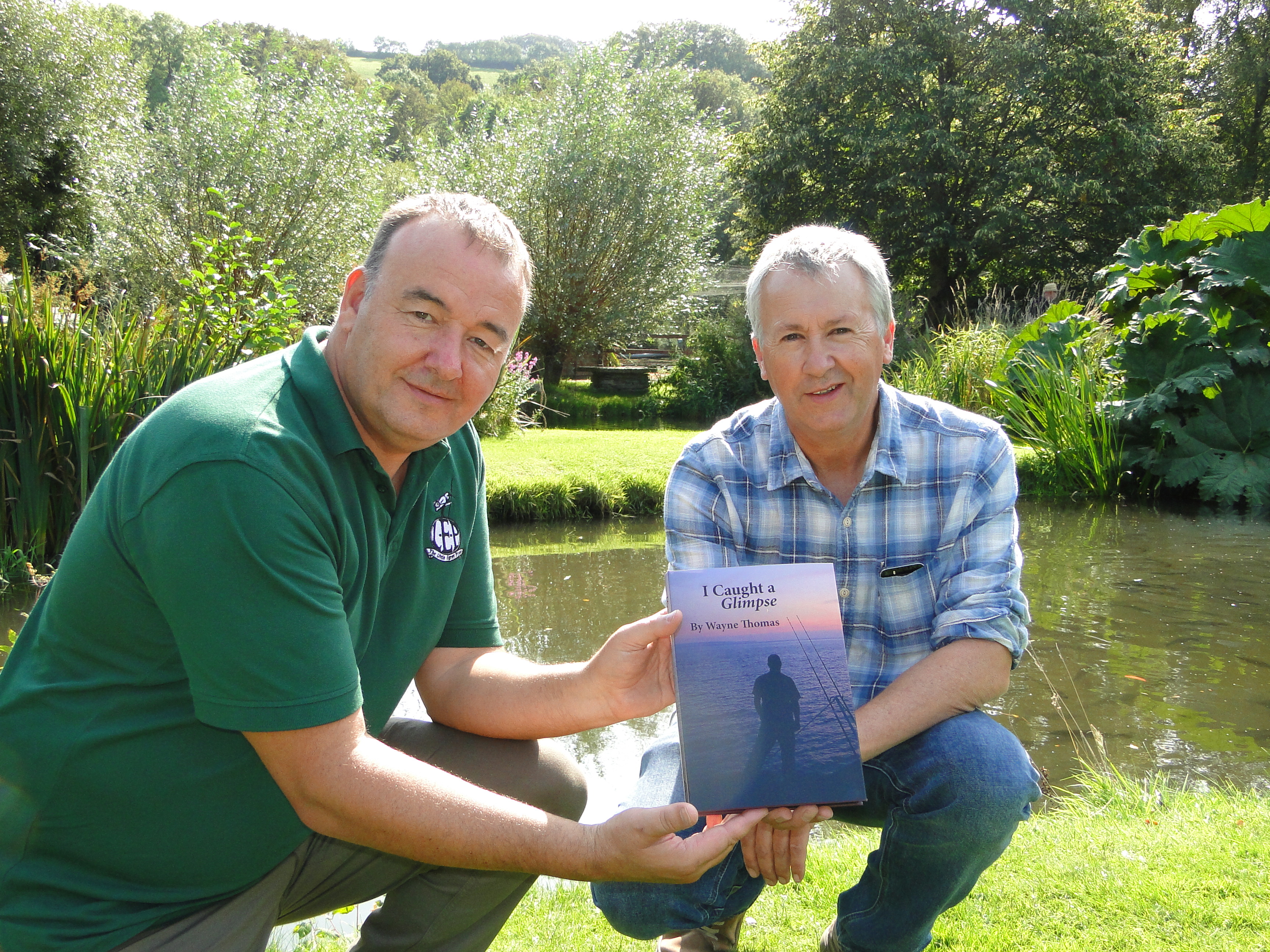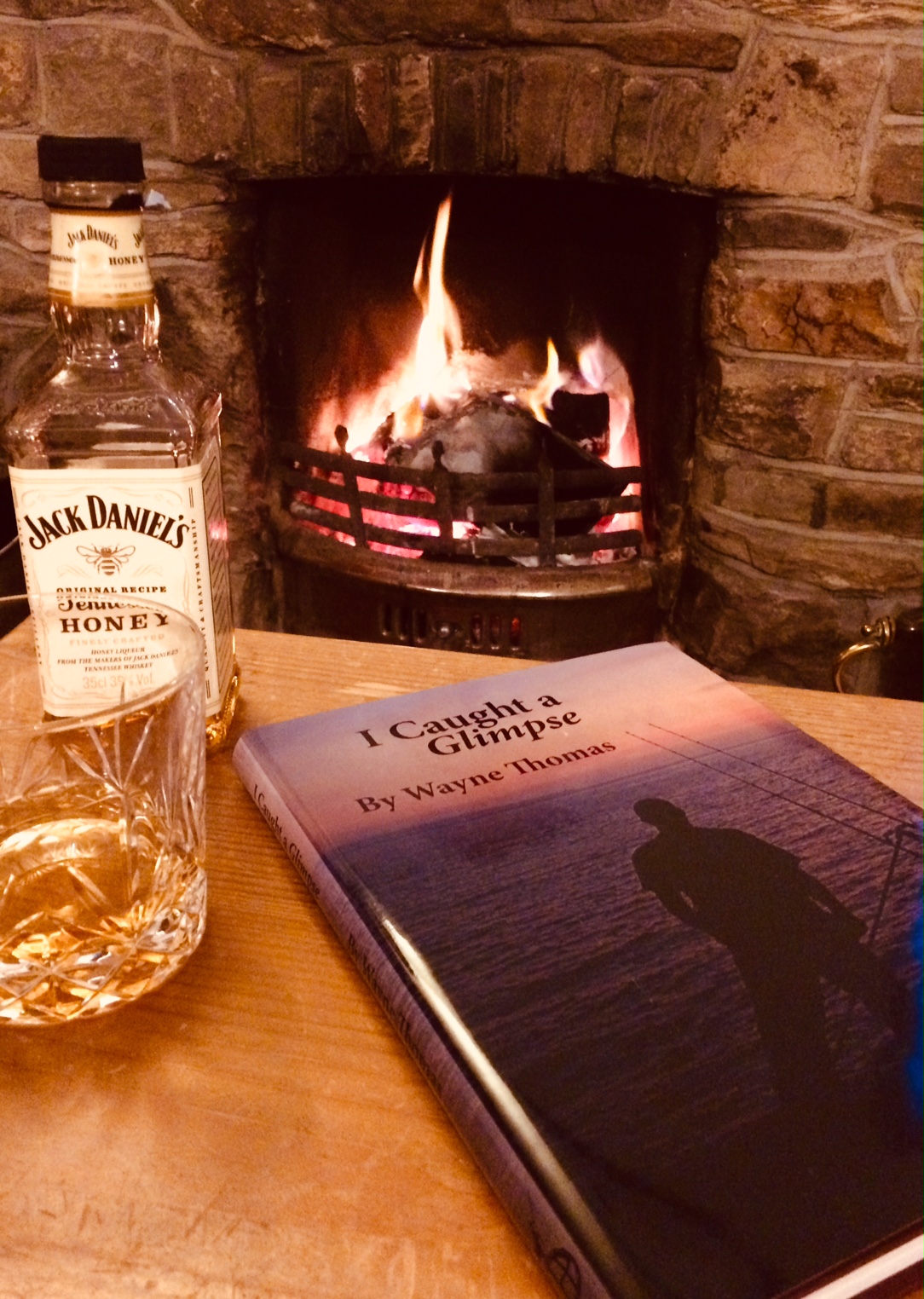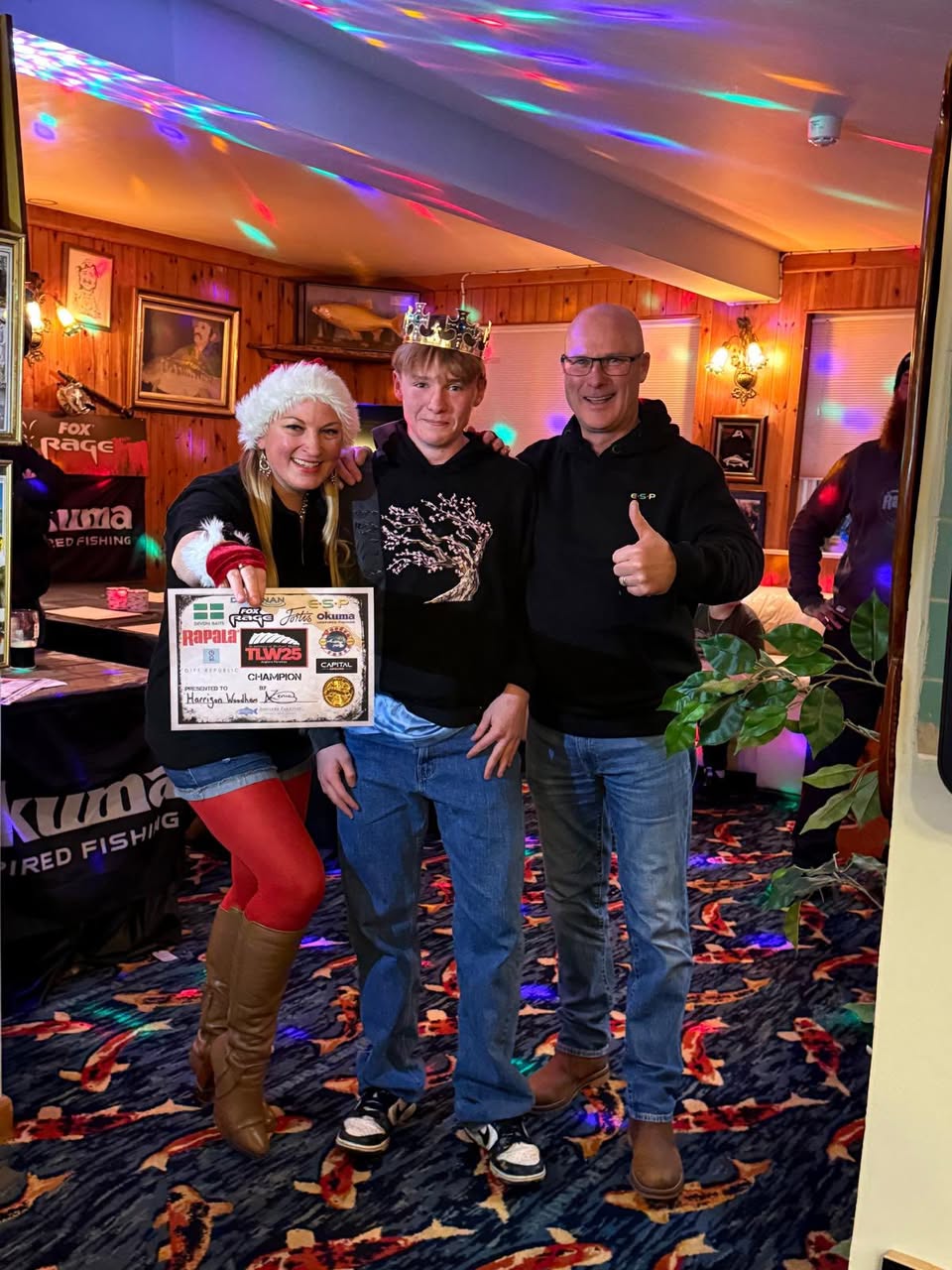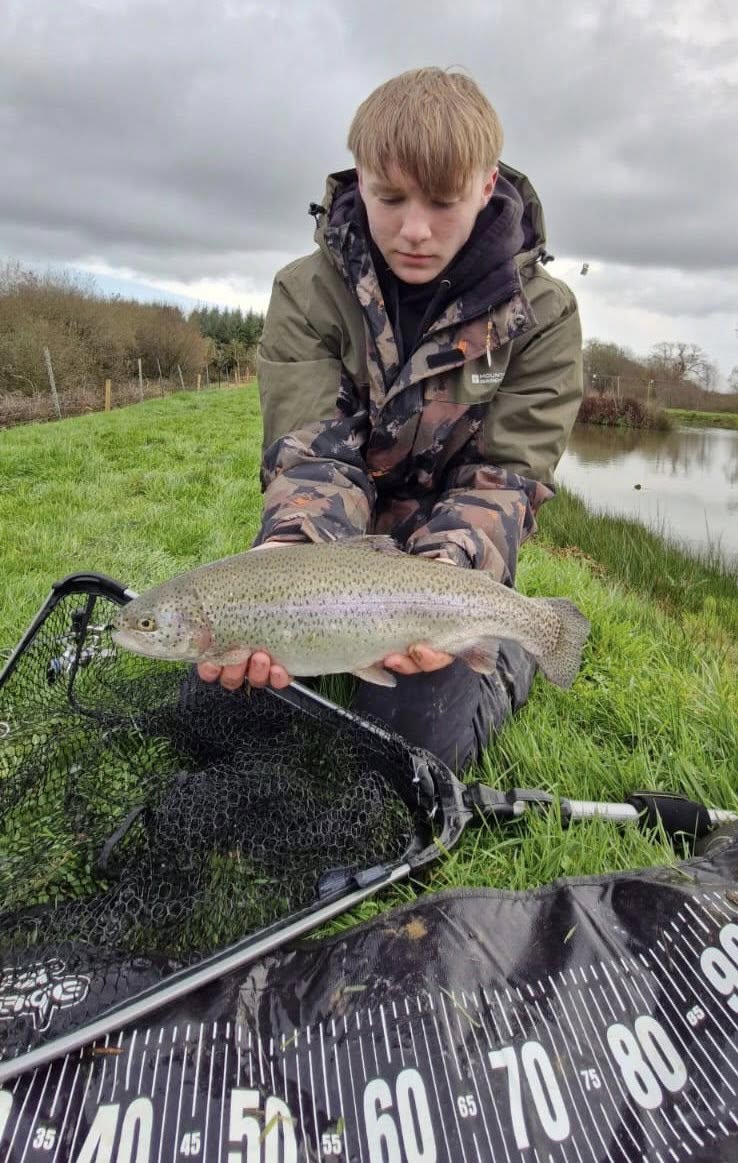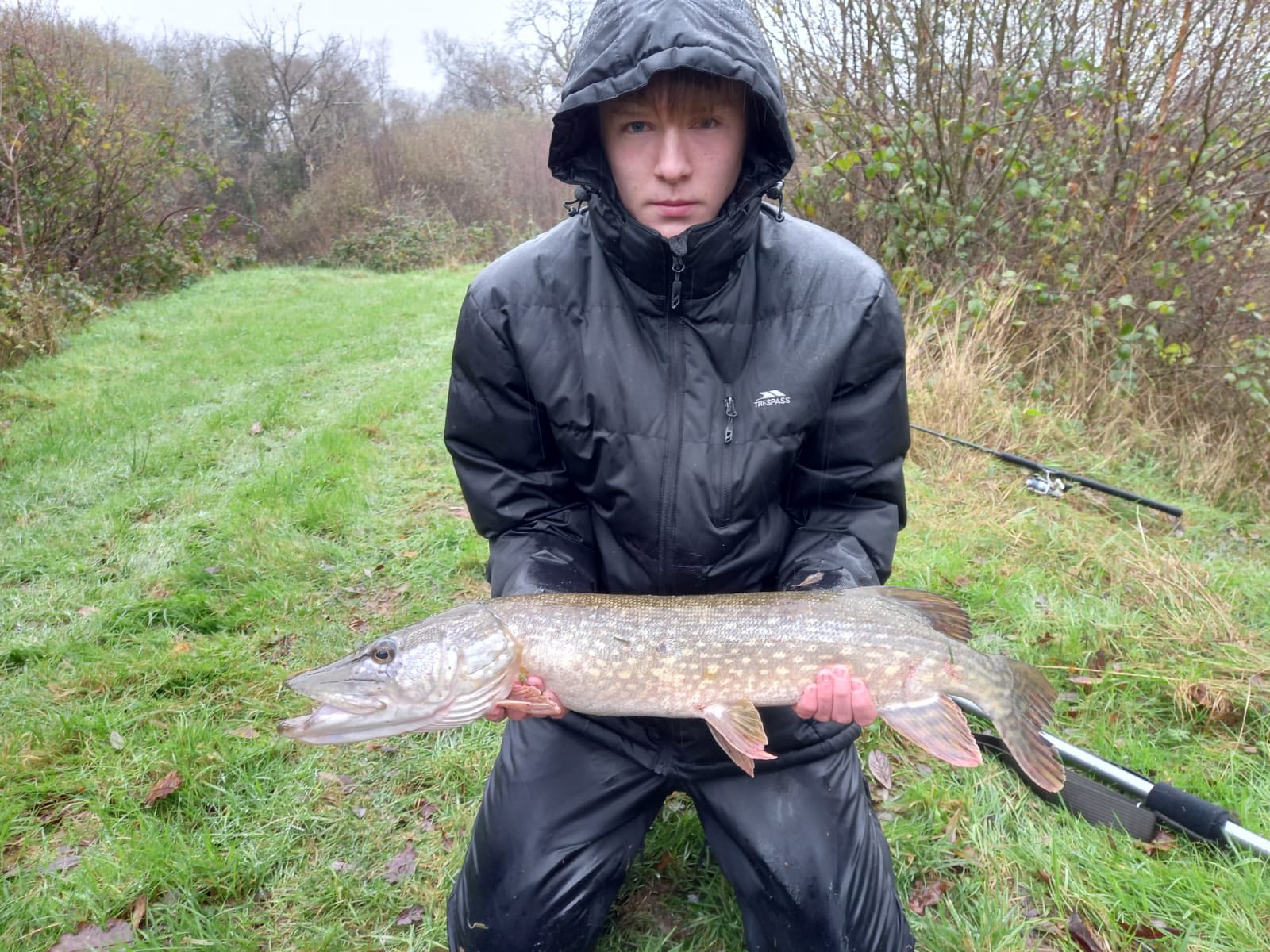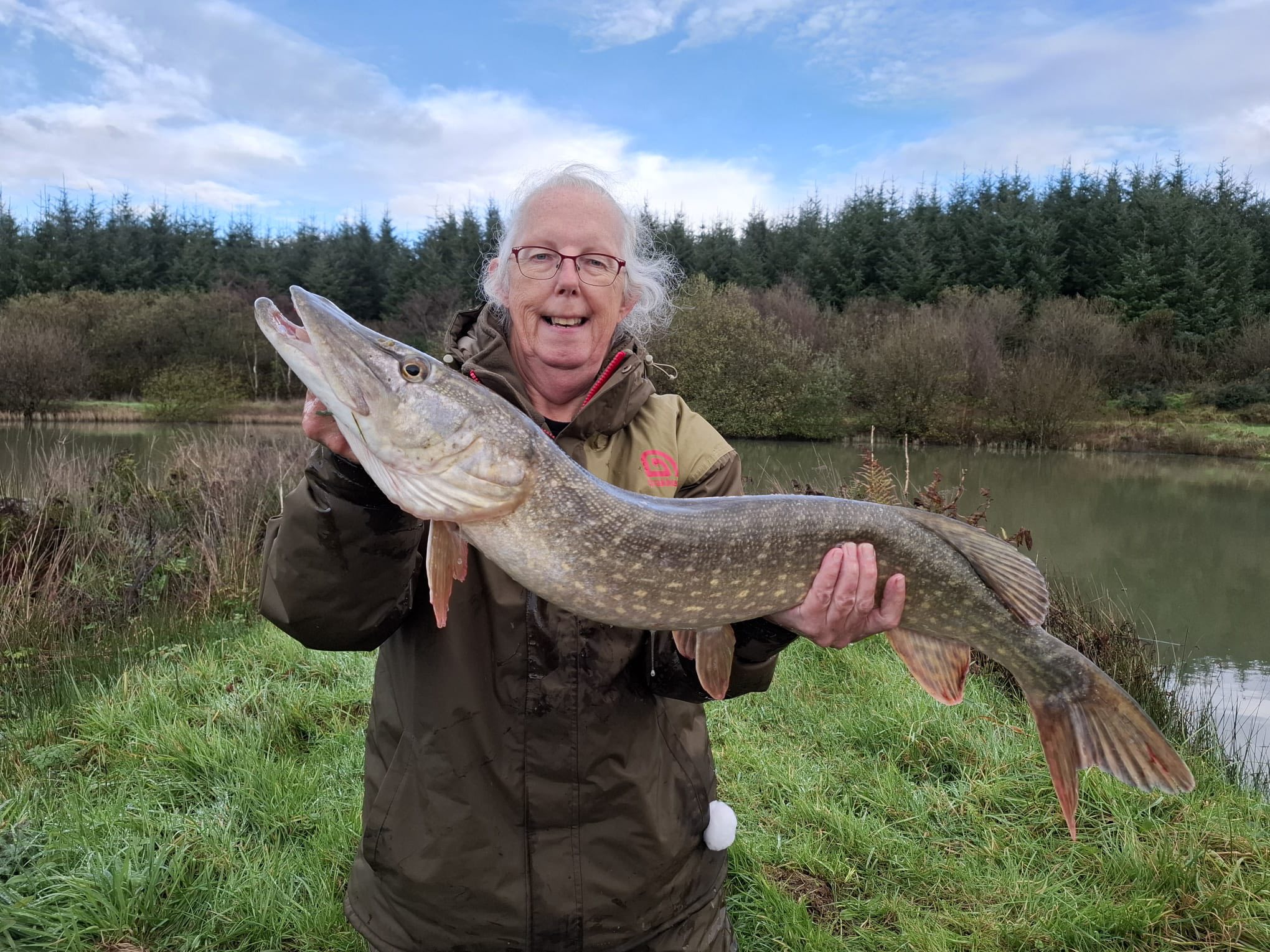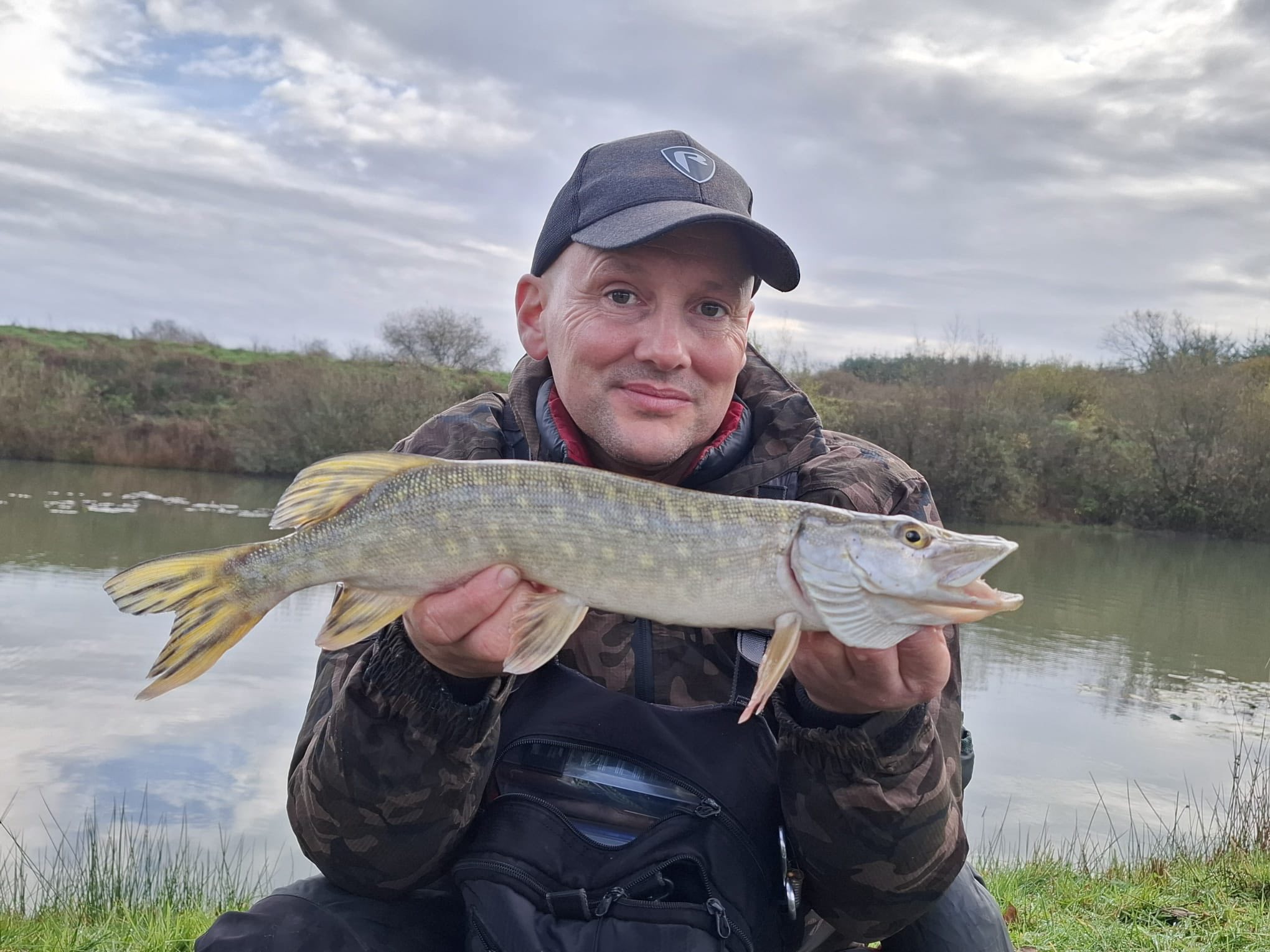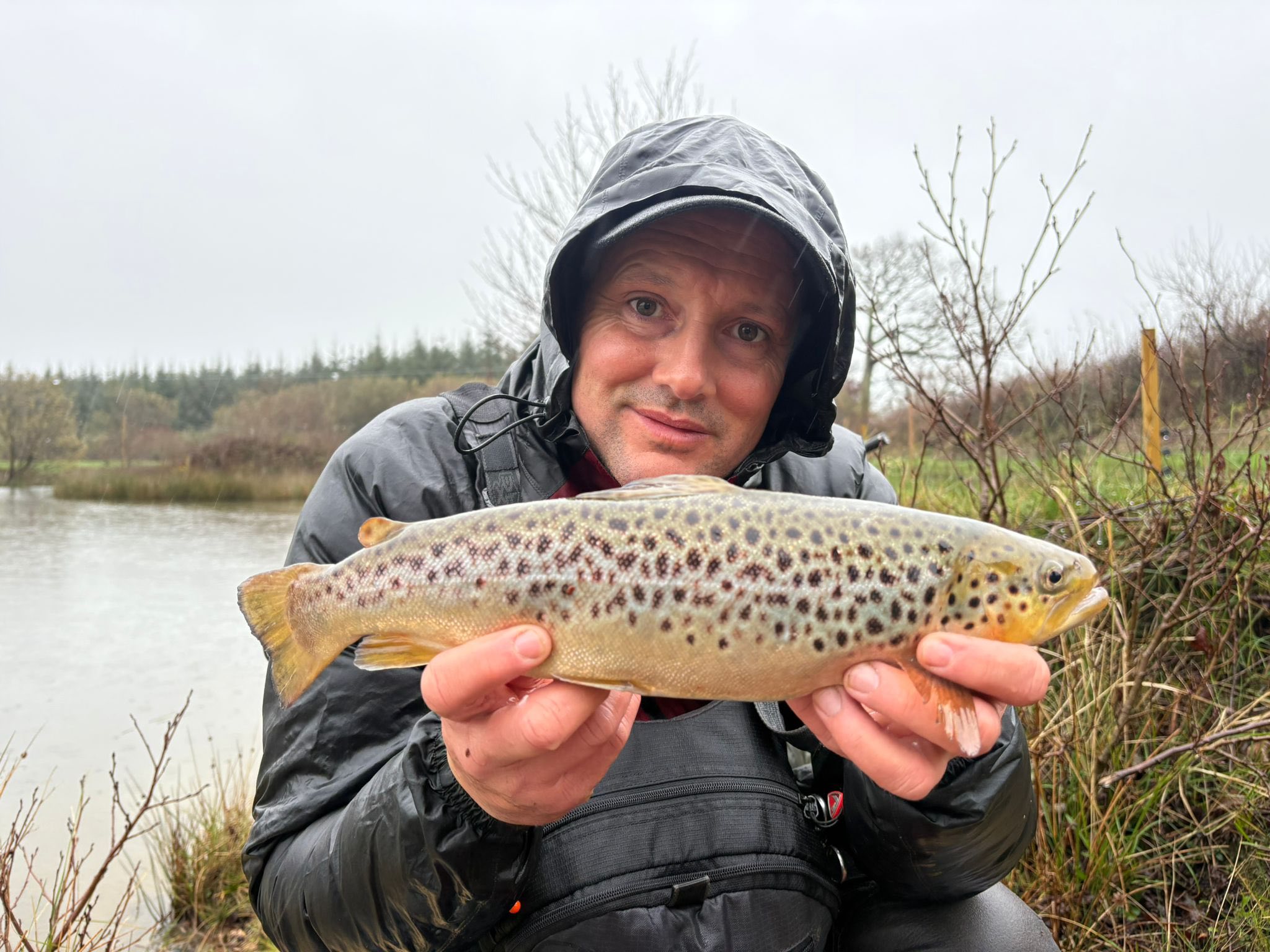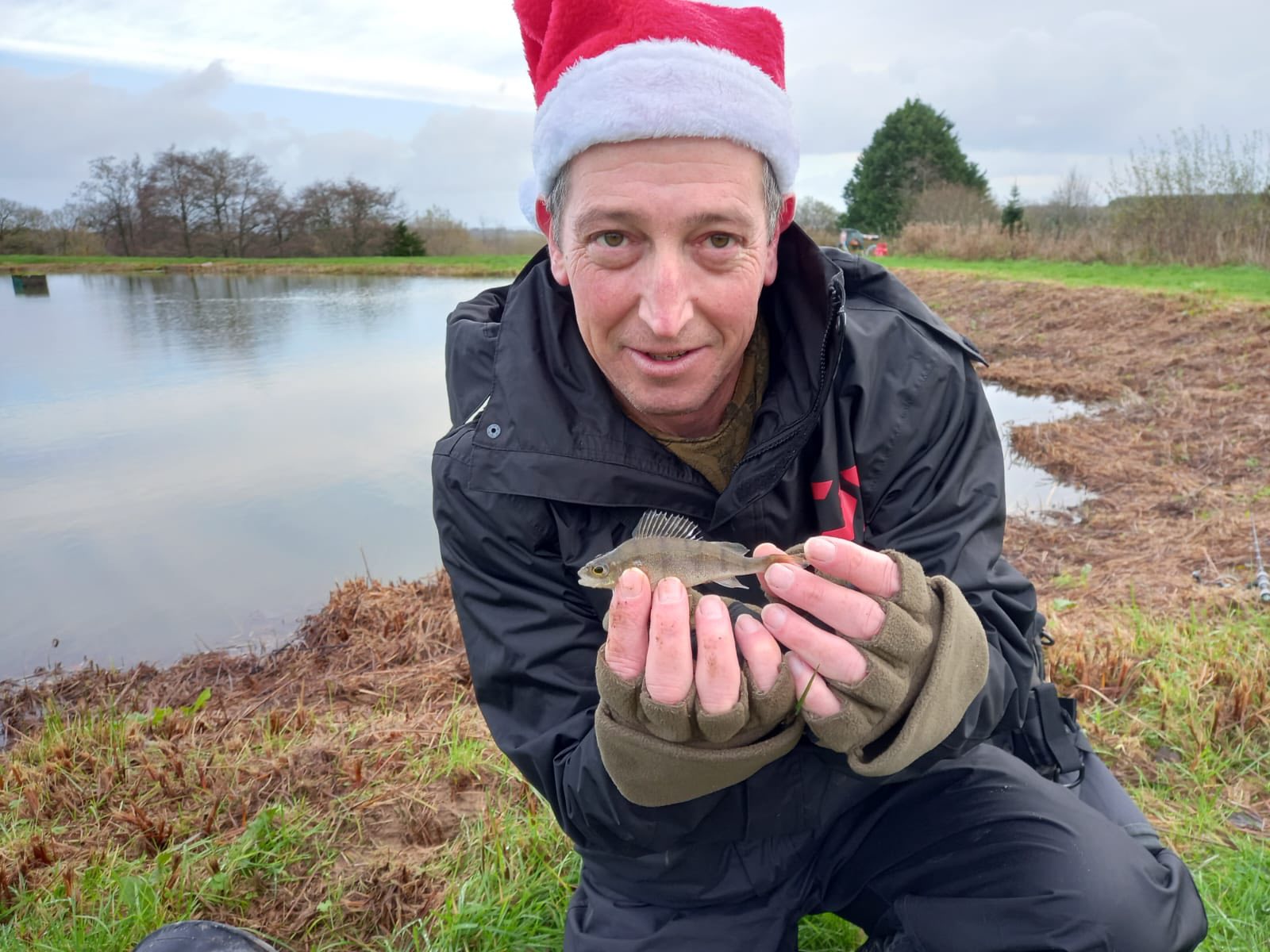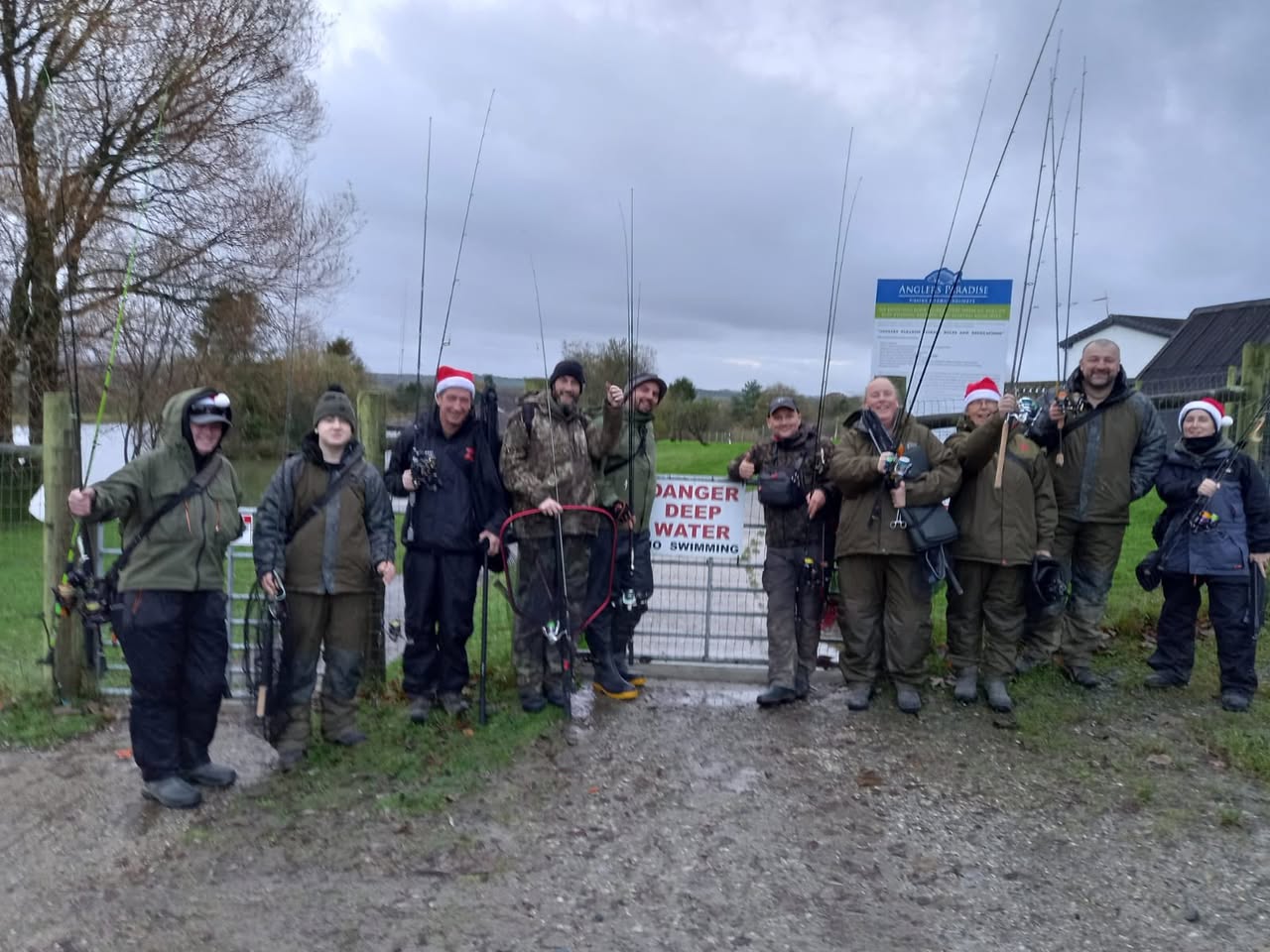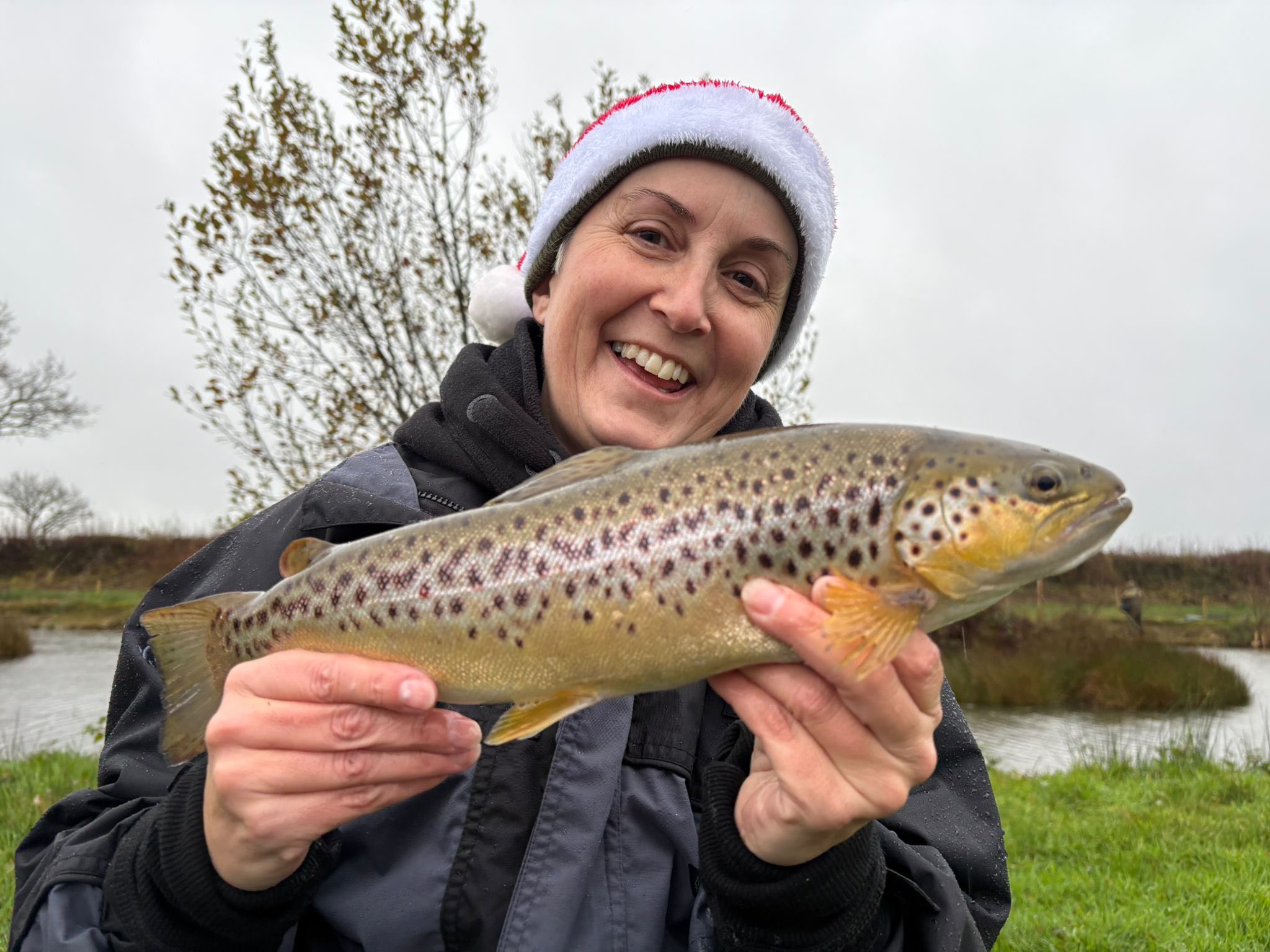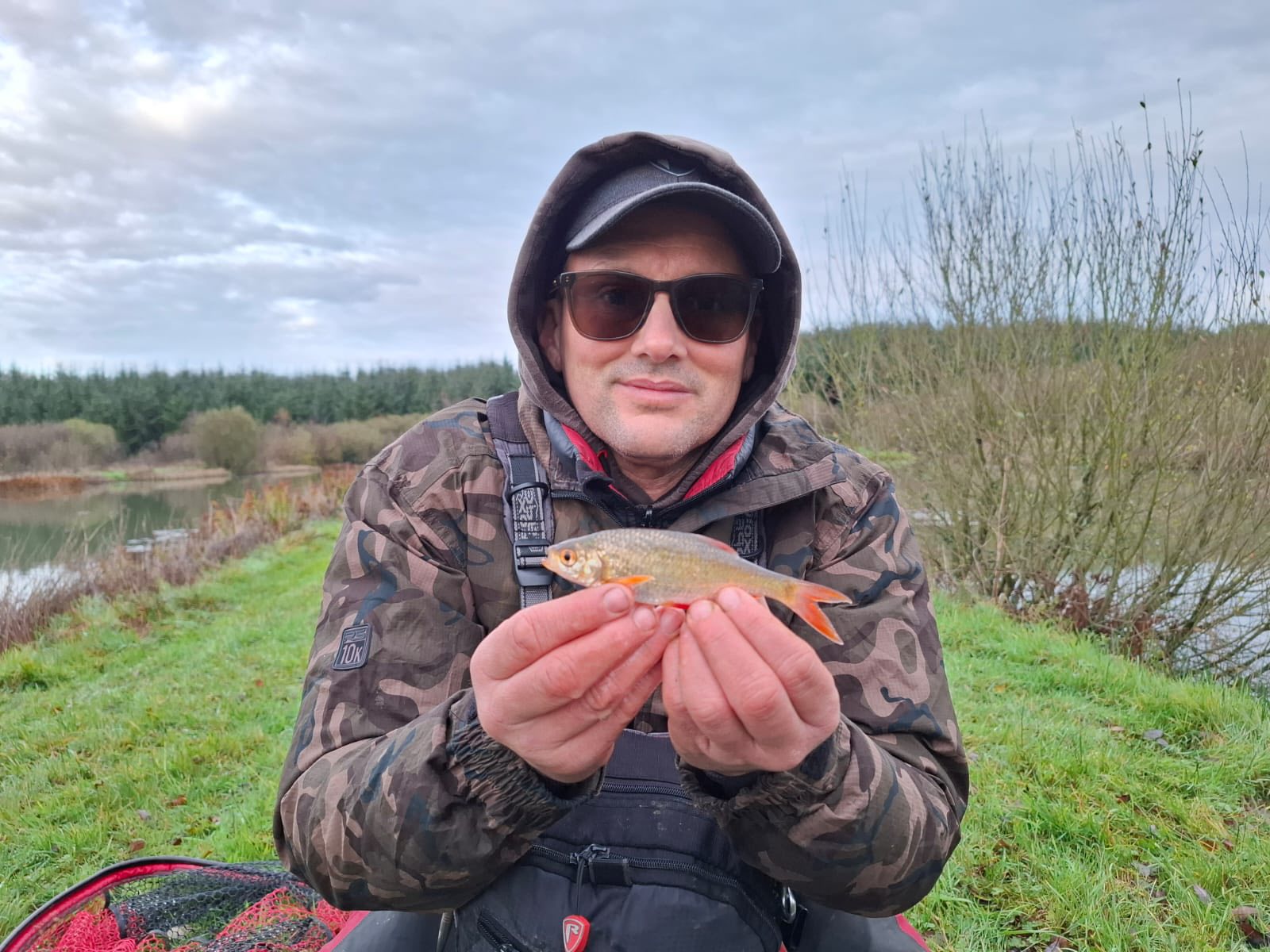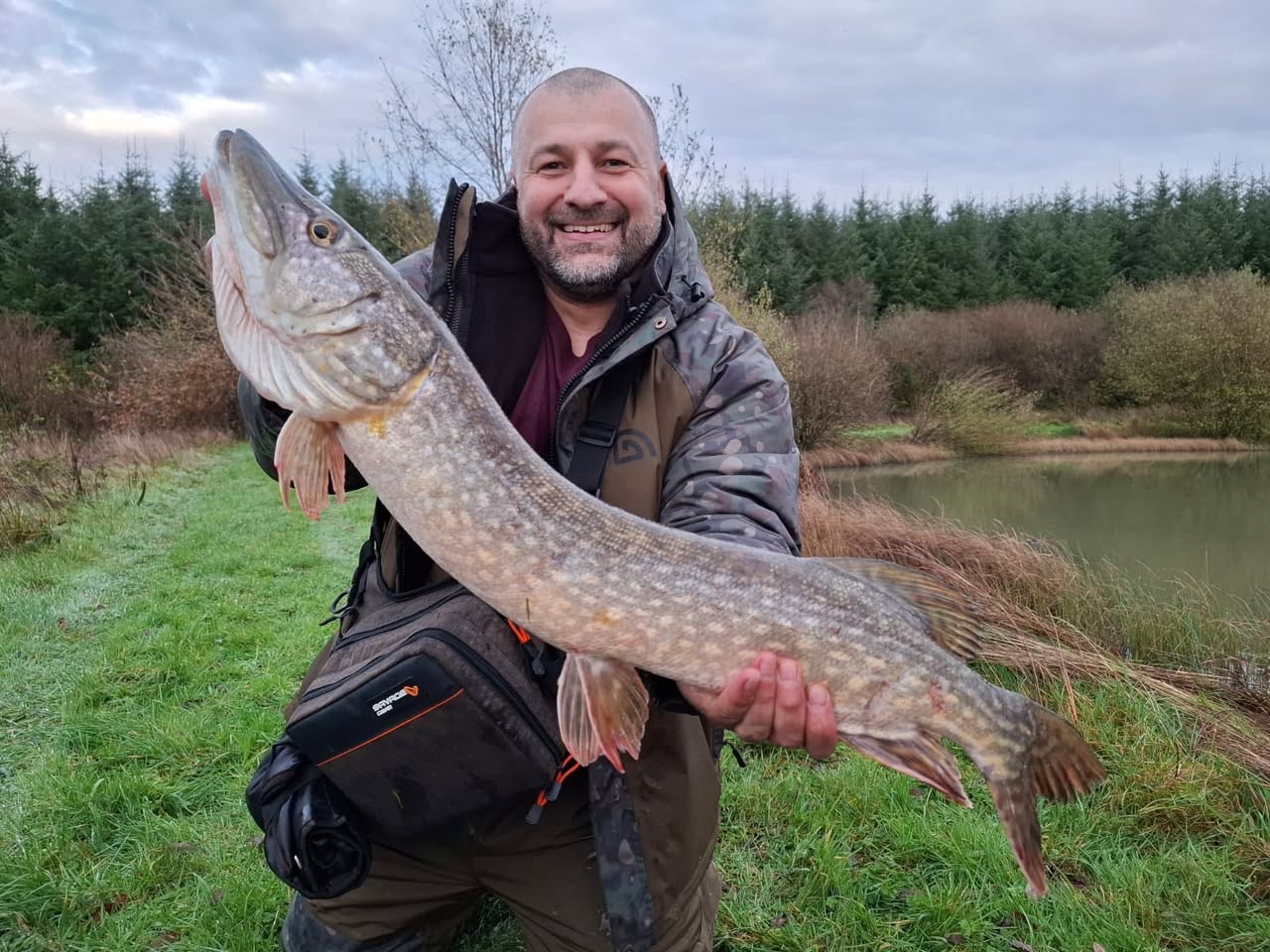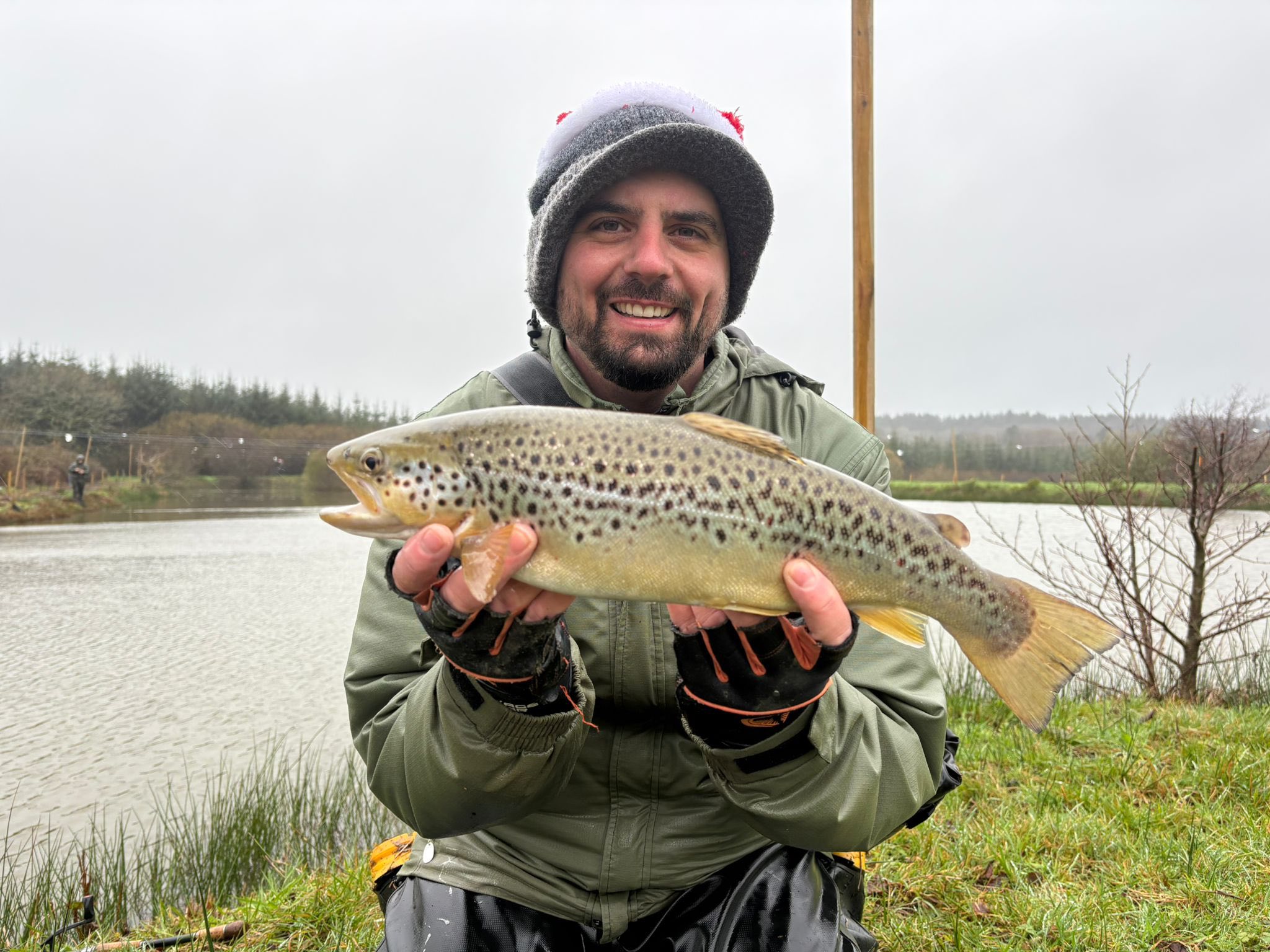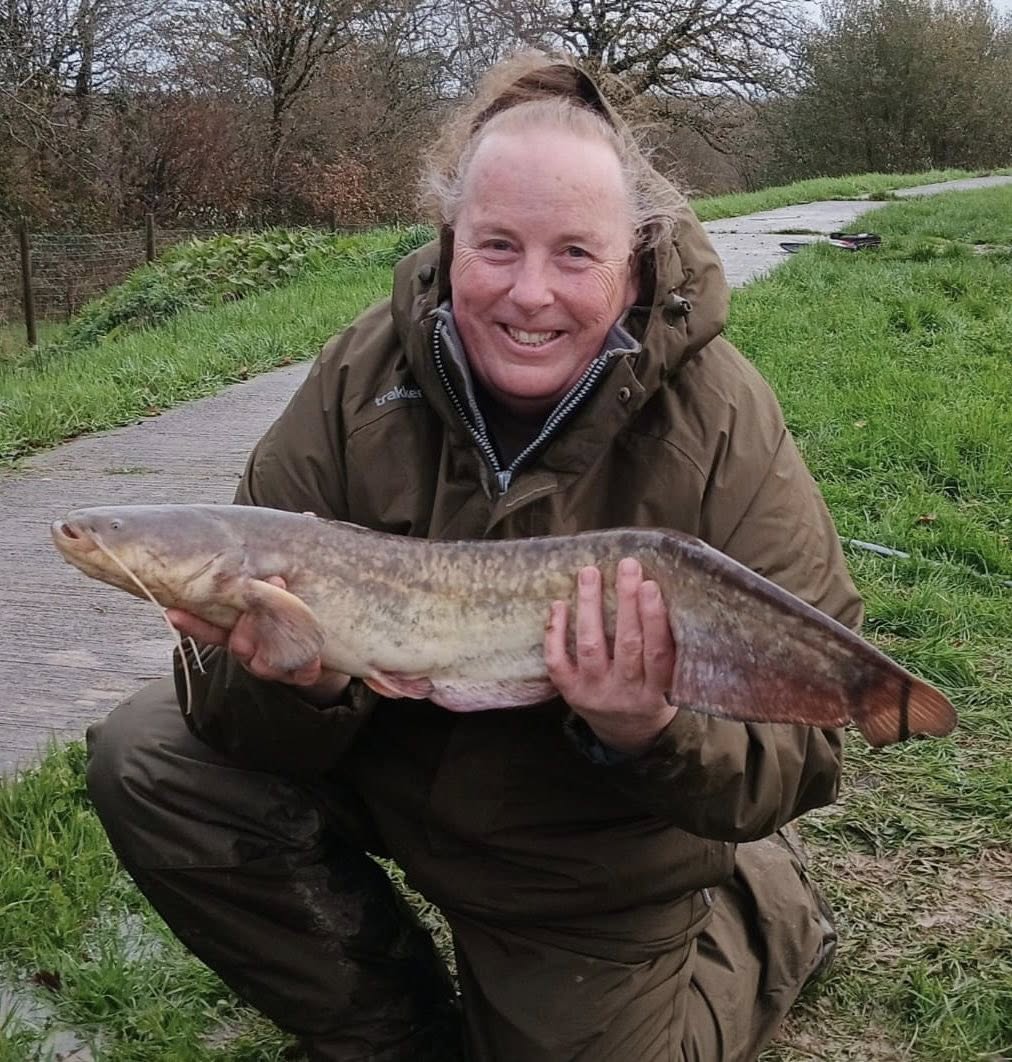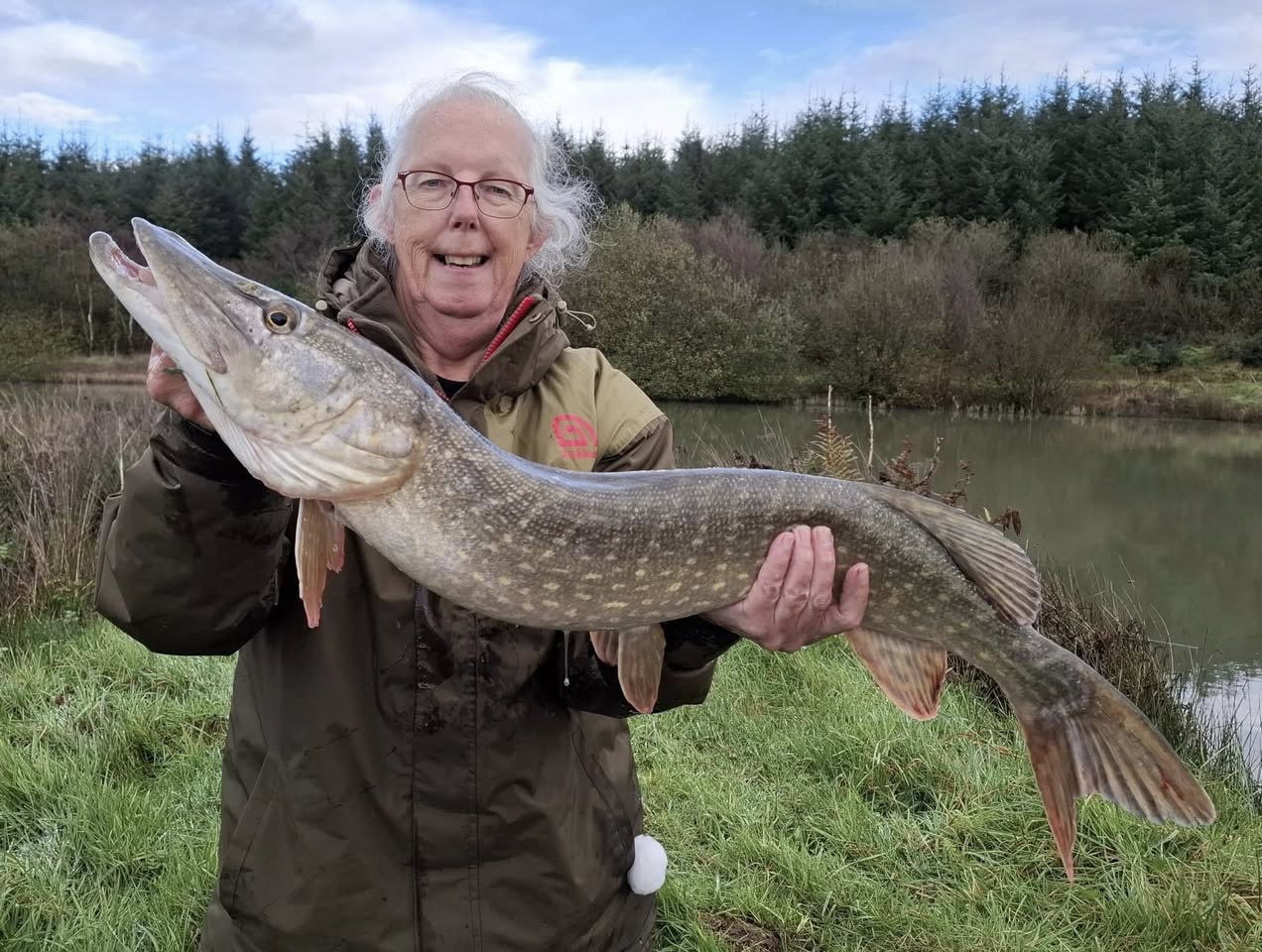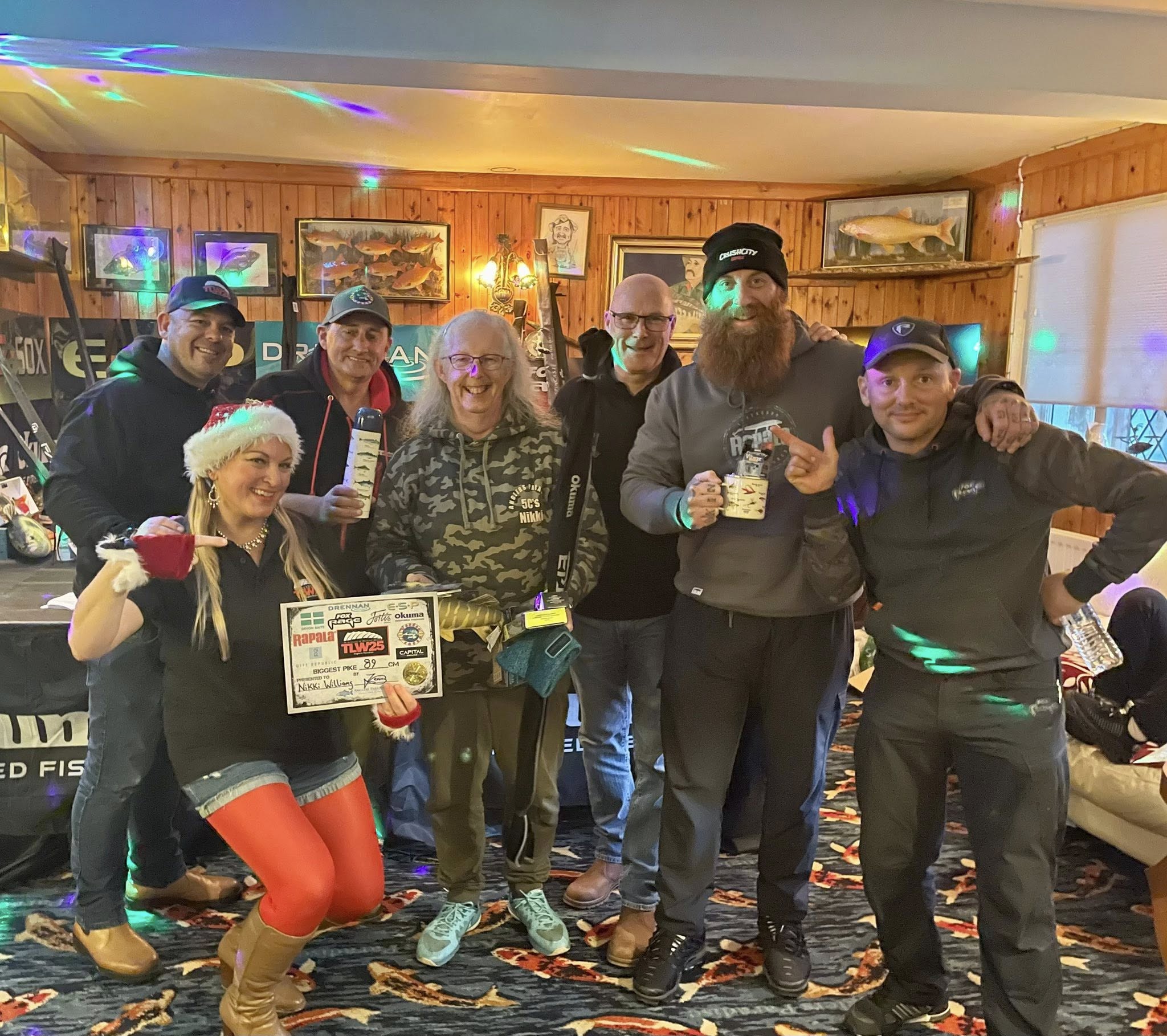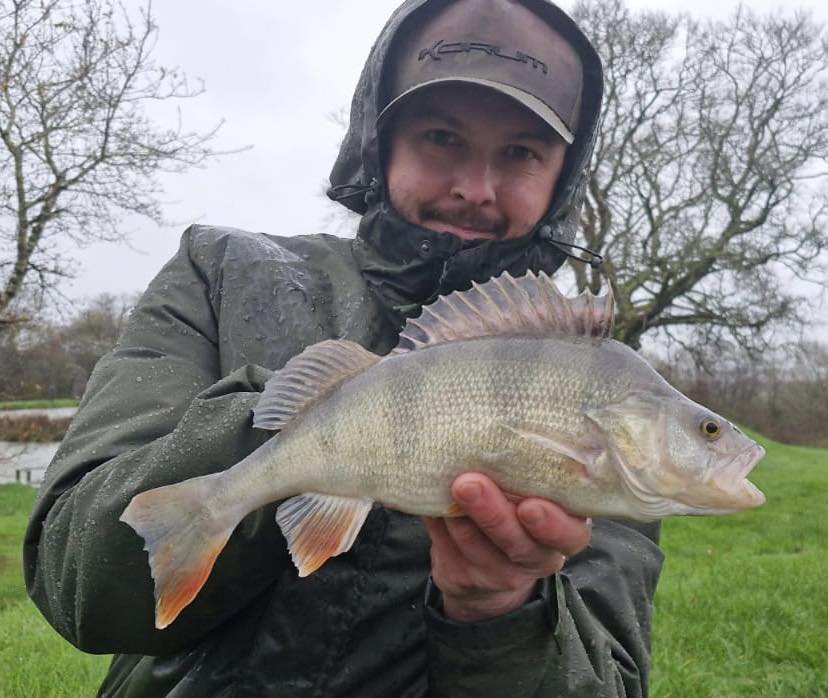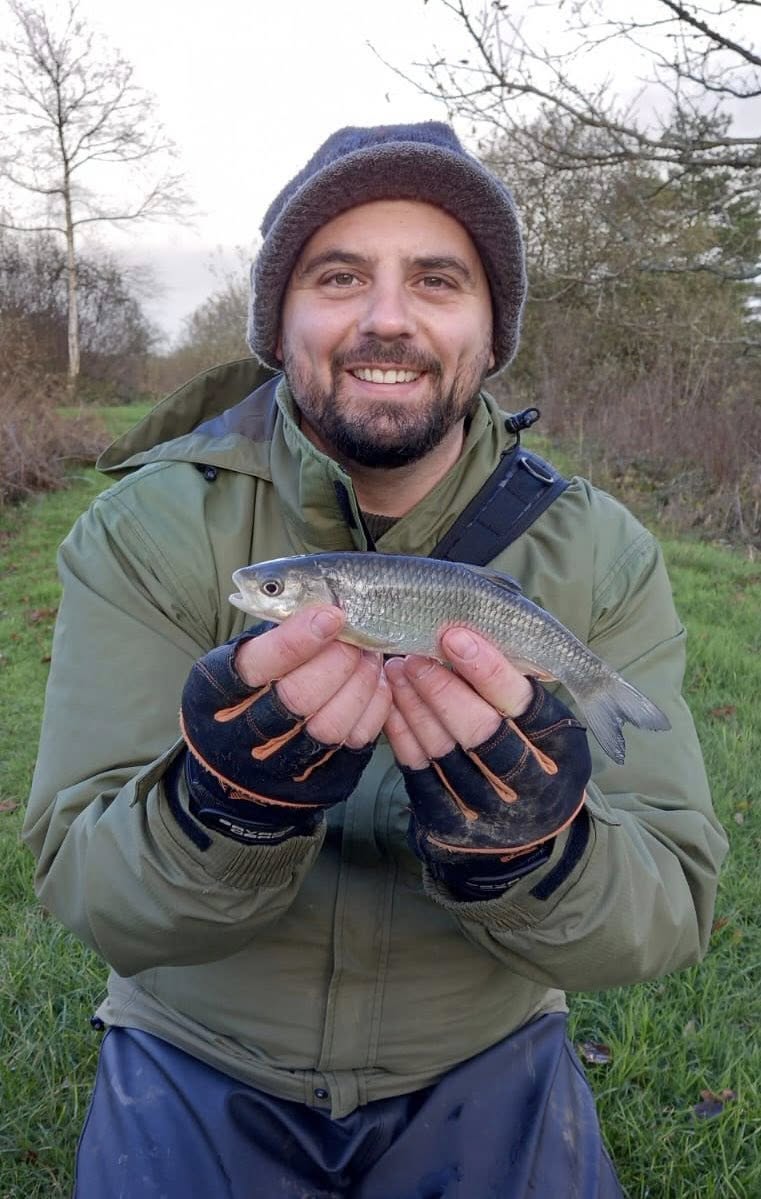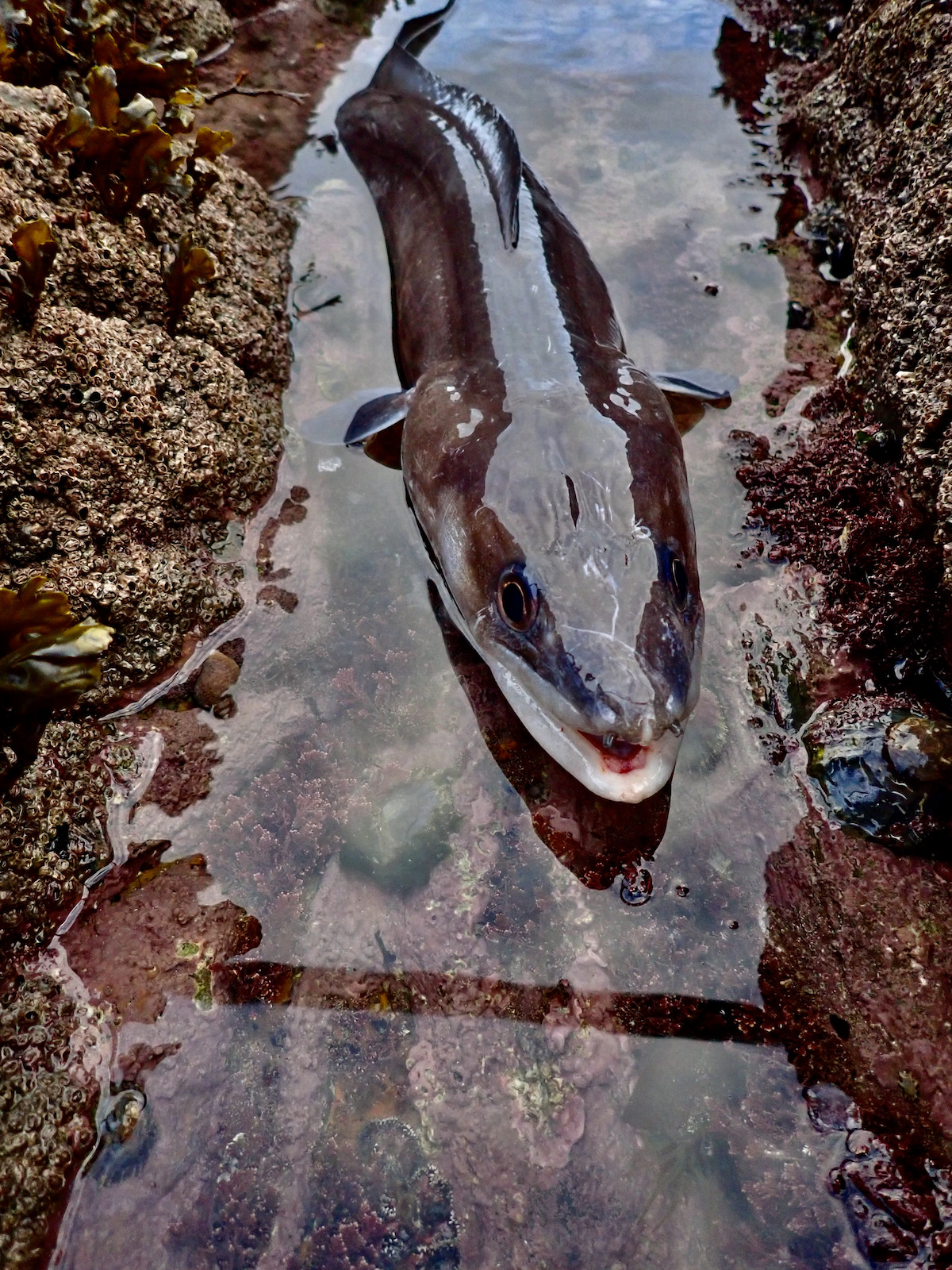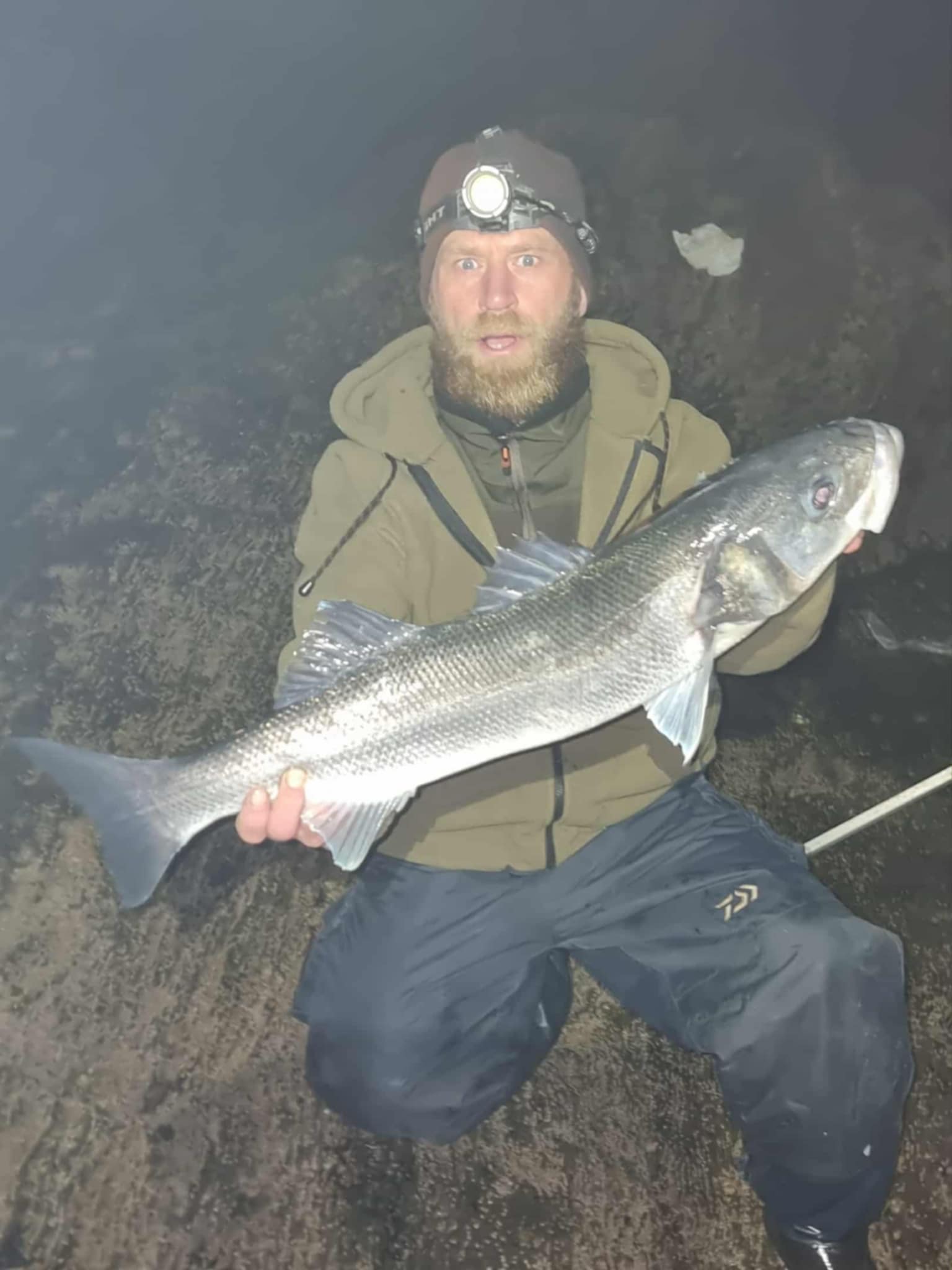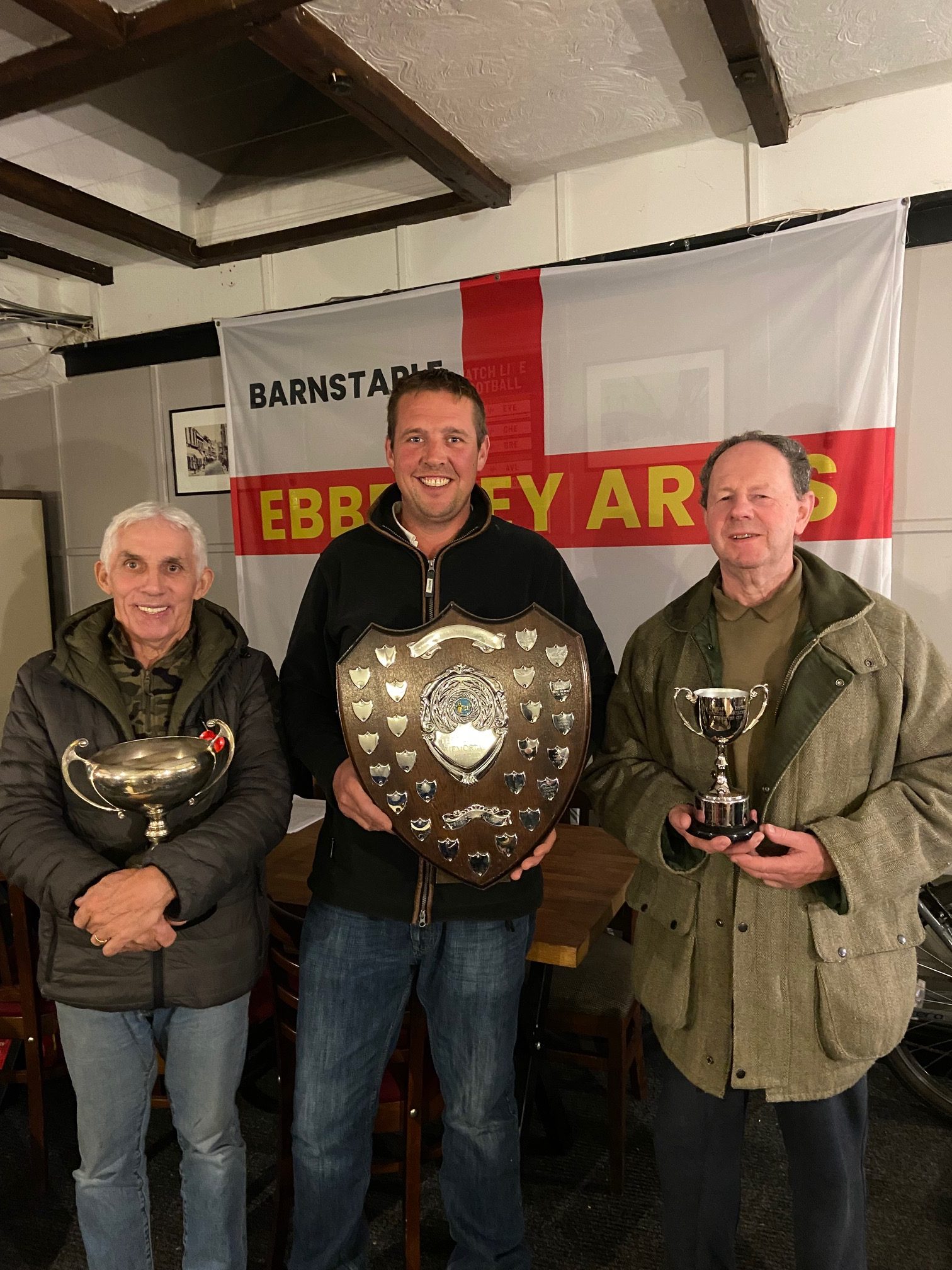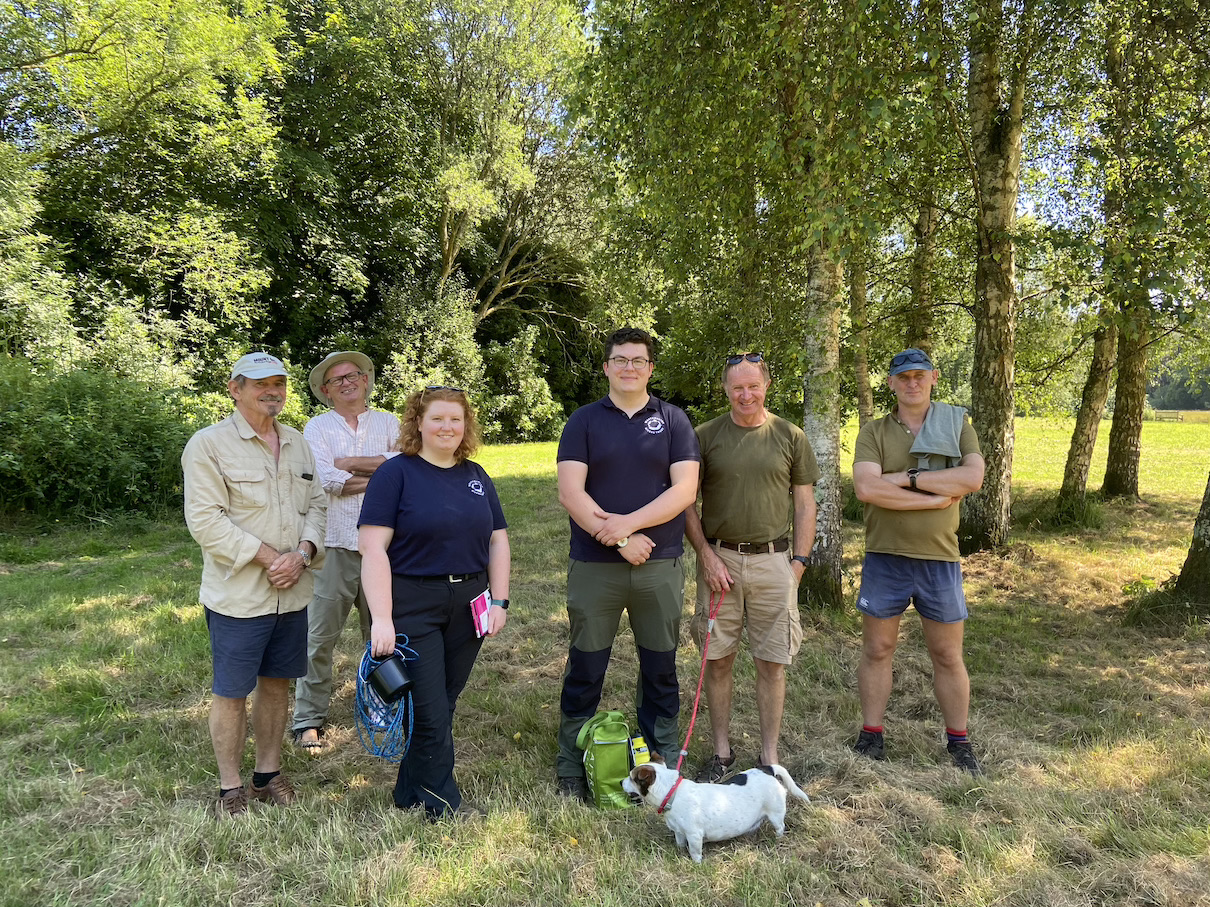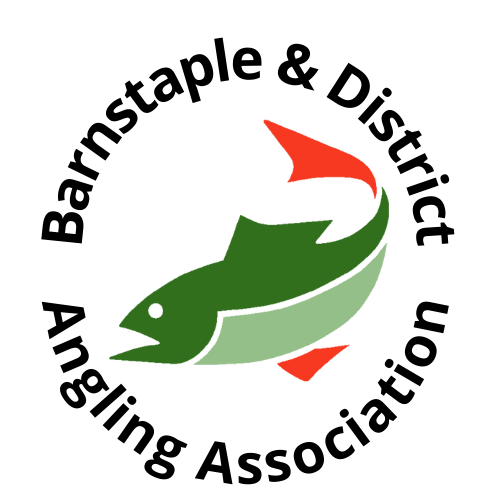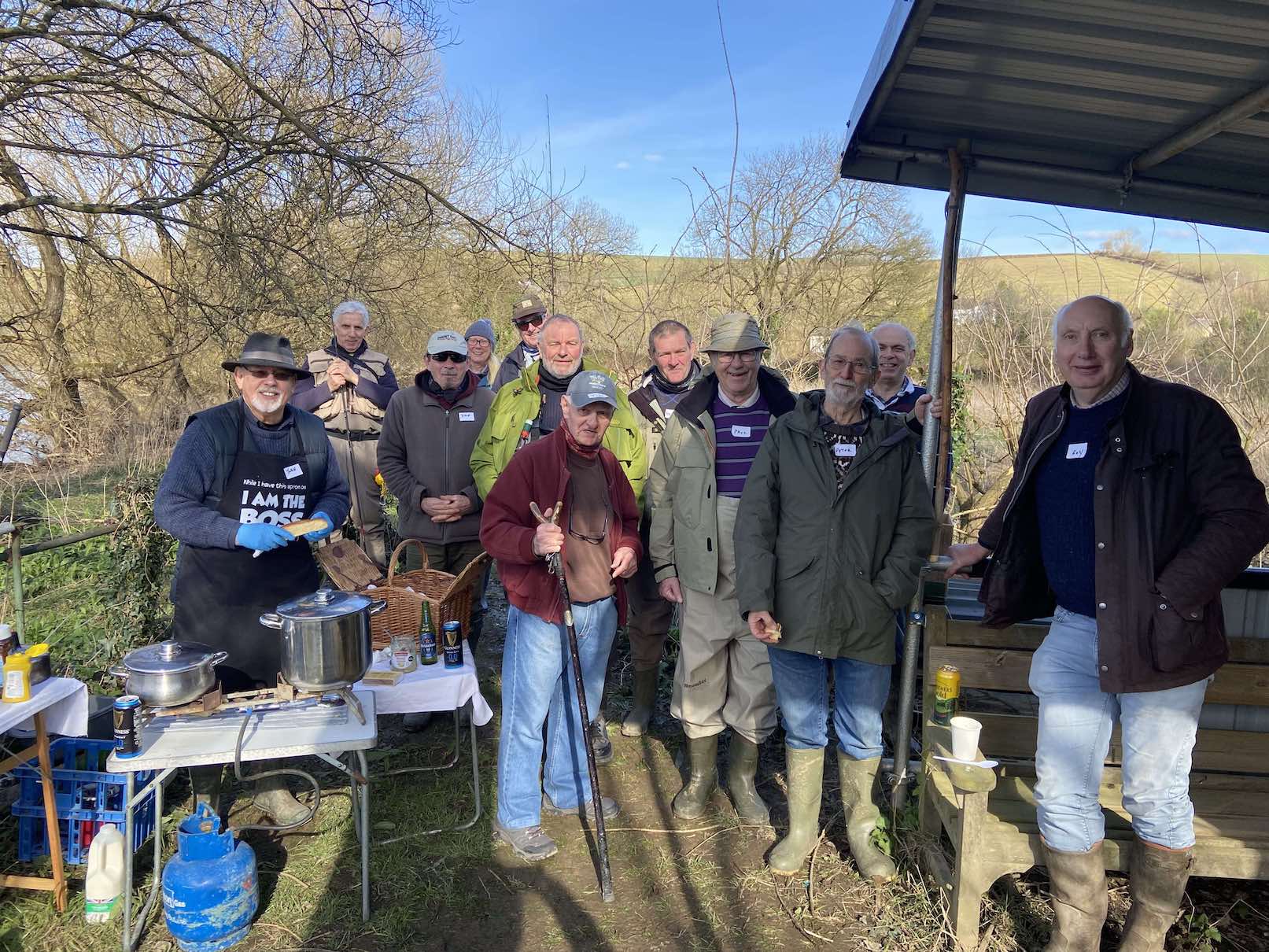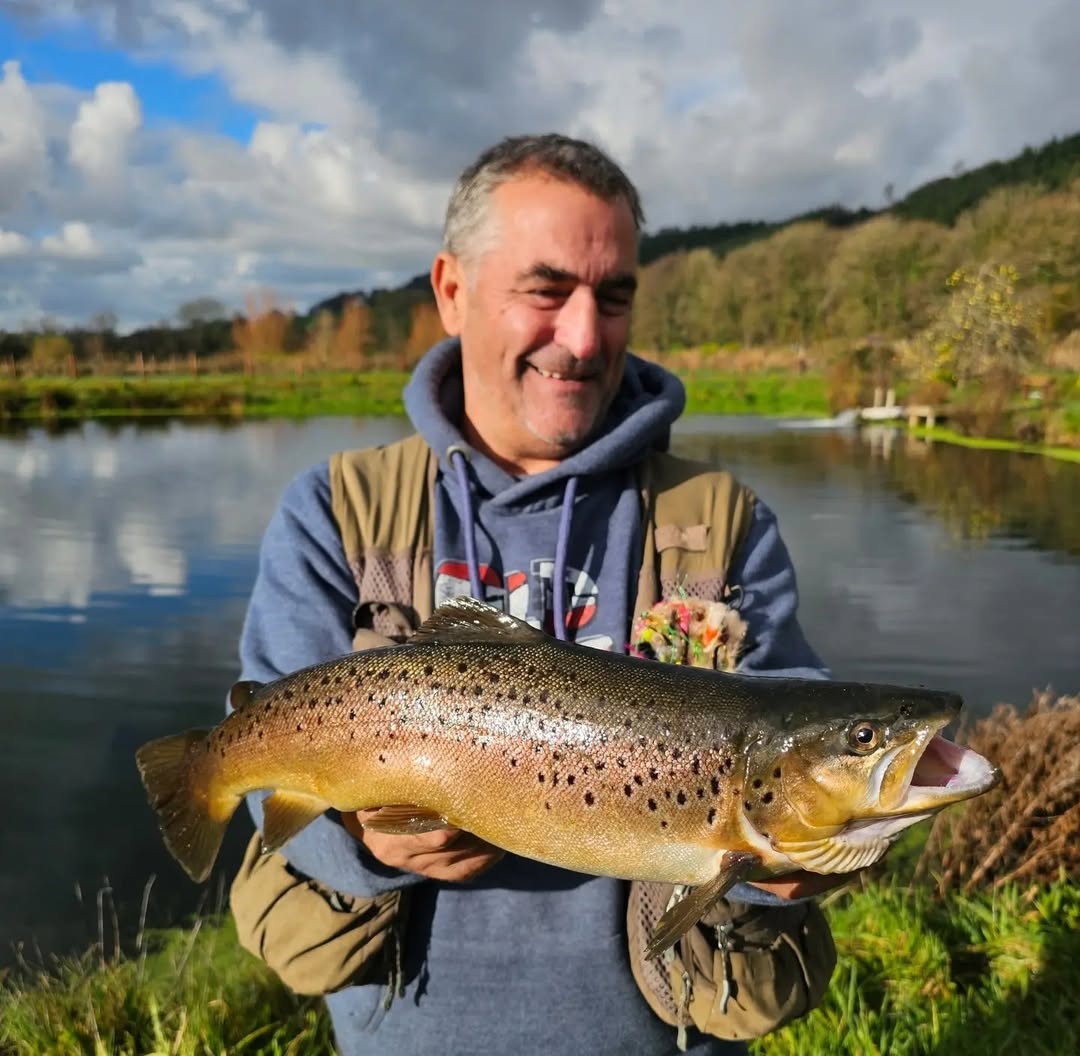ANGLING REPORT

Sixty Pound Carp from Paradise
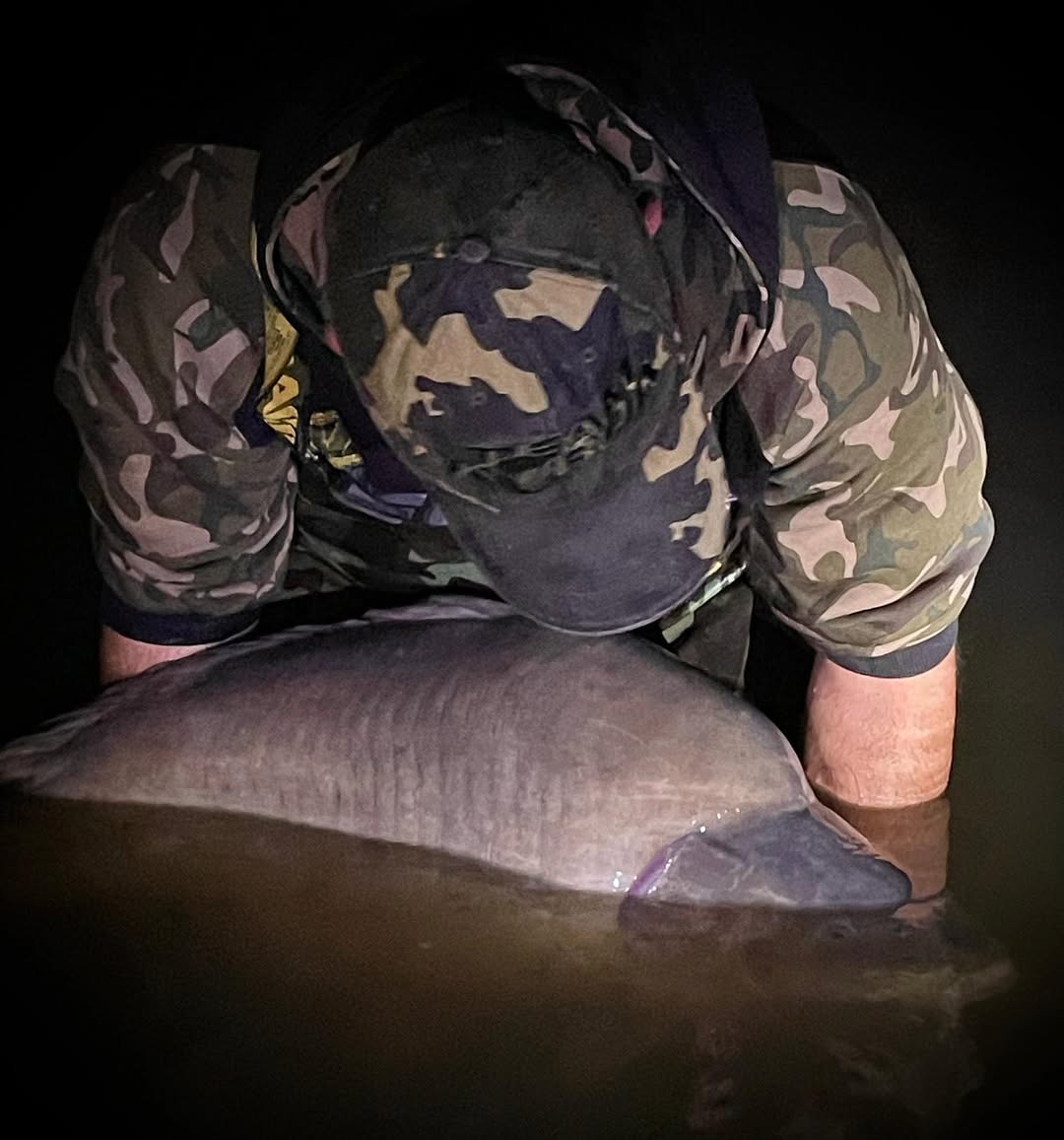
Jay Harper has banked what is believed to be the first carp over 60lb to be caught from Devon or Cornwall. The huge carp was tempted from Anglers Paradise’s Nirvana Syndicate Lake and tipped the scales at a fraction over 60lb. The fish was weighed and verified by fishery manager Joe Drury and sets the bar for anglers fishing the venue over the coming months. The carp was caught less than a month ago at a weight of 59lb 2oz and was believed to be Devon’s largest carp. Carp are very often at their top weights throughout the winter months and with a seemingly milder climate expectations are that potential weights for carp and other fish will climb over the coming years.

When I started fishing for carp back in the early 1980’s Winter fishing for the species was still looked upon as pioneering with the fish still regarded as a fish of the summer months. A combination of climate change and significant improvements in weather resistant bivvy’s and warm and waterproof clothing has revolutionised the sport. Anglers can now camp out in the wildest of weather with little discomfort. Modern effective self-hooking rigs mean that anglers can wait in comfort only dashing out when the bite alarm signals.
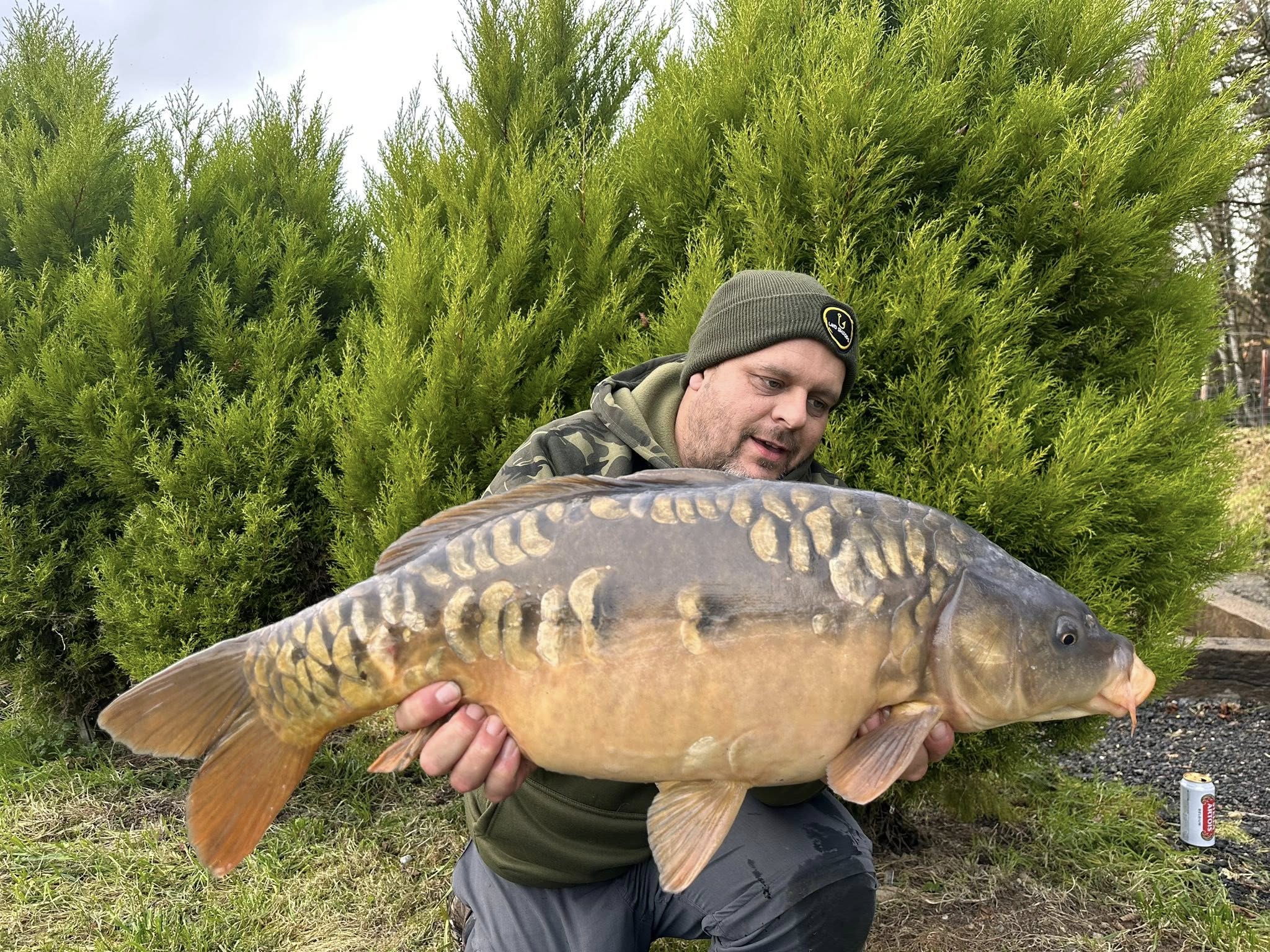
A group of eight anglers from Plymouth enjoyed their Christmas Social event at Bulldog Fishery banking two carp over thirty pounds and ten over twenty pounds. Such a catch from this sometimes tricky venue during early December highlights just how productive winter carp fishing can be.

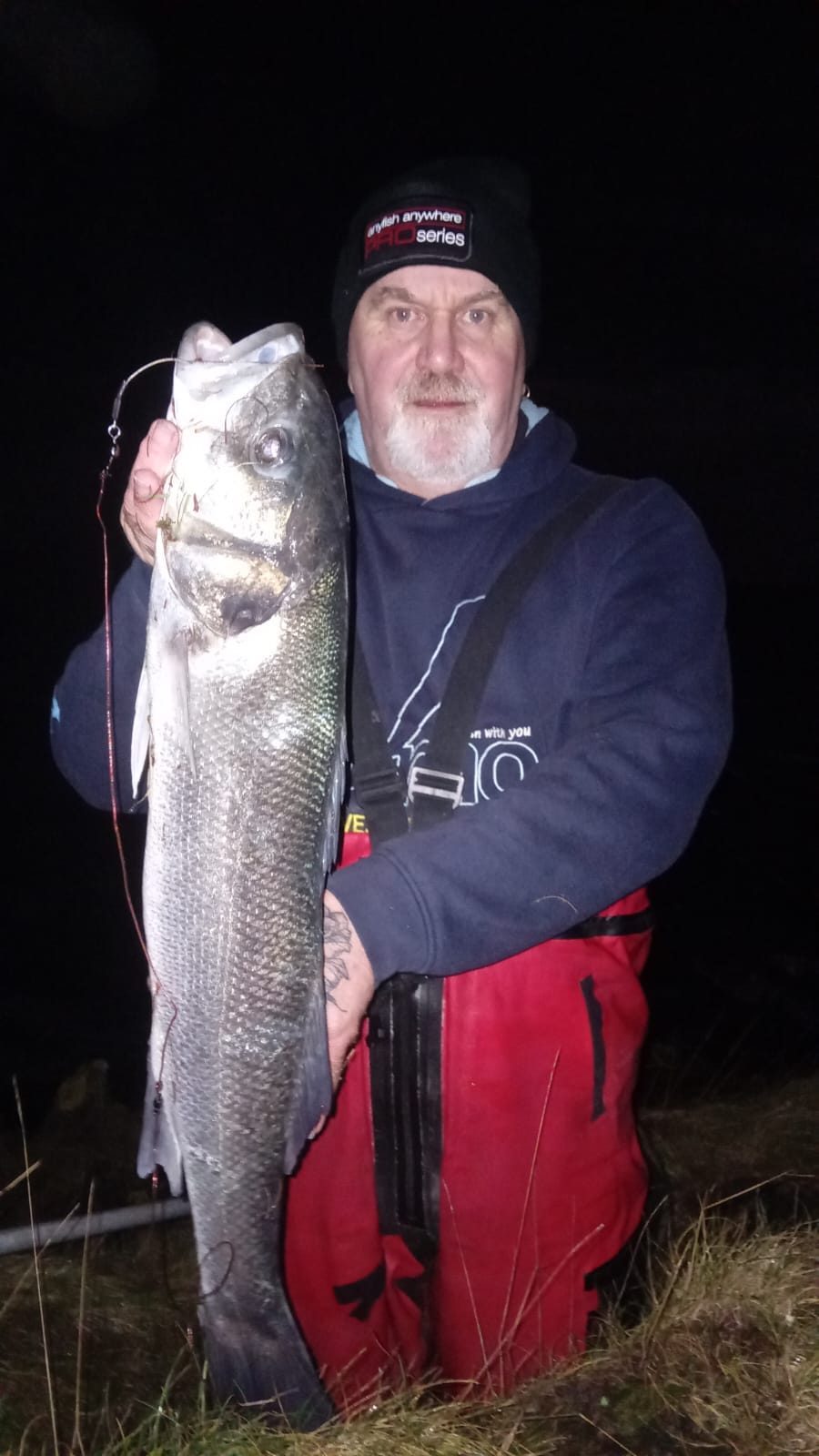
Combe Martin SAC’s Christmas Rover was won by David Brooke with a bass of 5lb 13oz. Kevin Legge was runner up with a smoothound of 6lb 15oz and myself third with a bull huss of 6lb 3oz. Members caught dogfish, spurdog and conger.
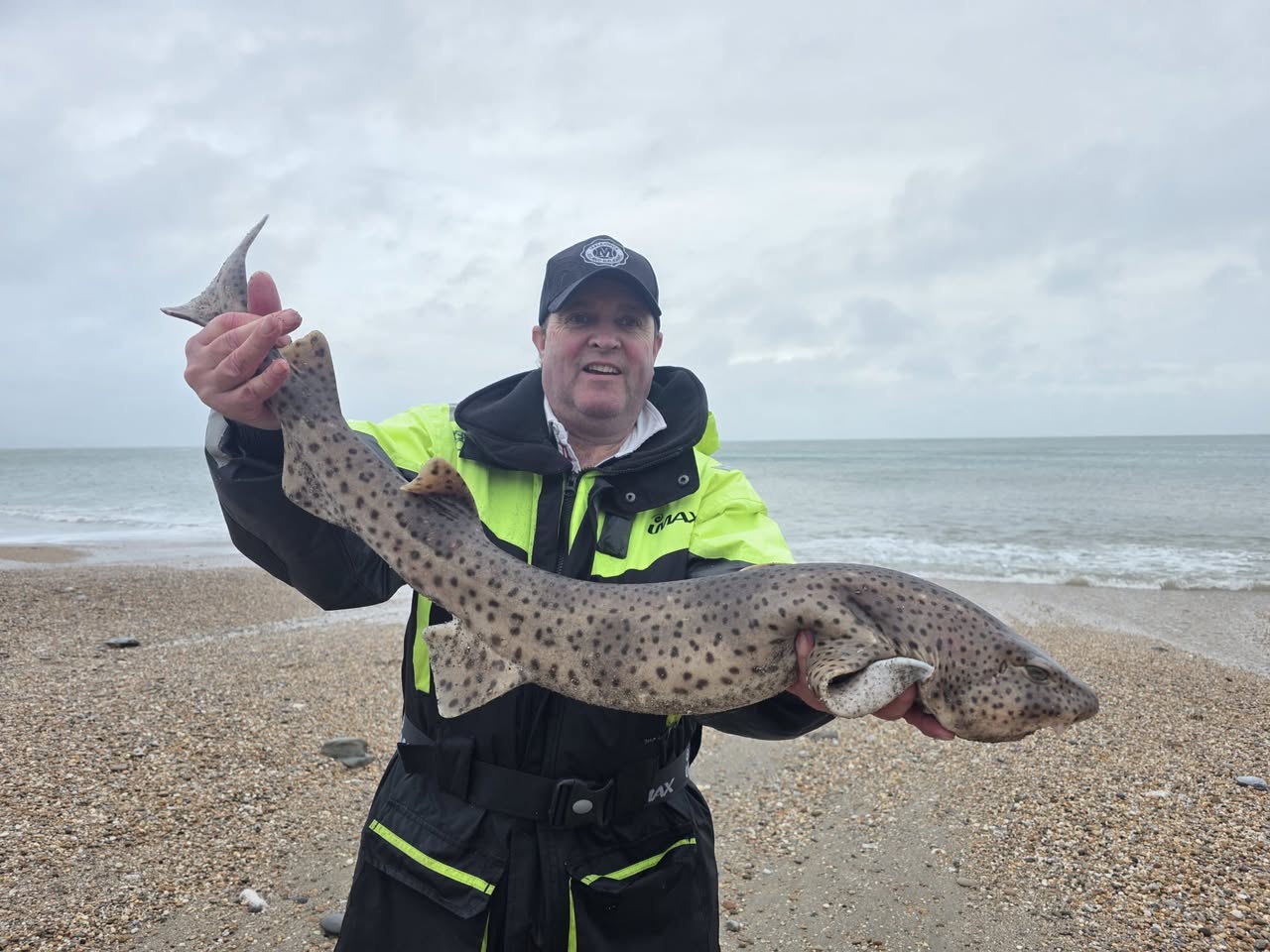
Michael Hammett secured top spot in Appledore Shipbuilders monthly Rover with a bull huss of 9lb 9.5oz. Josh Atkinson was second with a huss of 8lb 3oz and Chris Slade third with a huss of 8lb 2oz.

North Devon Match Group fished their latest Match at Stafford Moor where members combatted challenging conditions with strong winds and heavy rain. Paul Morris won the Willow Lake section with 89lb 7oz with Warren Thornton runner up with 69lb 7oz. Tom Downing won the Oak lake section with 62lb 10oz with Dave Wood taking runner up spot with 55lb 2oz.
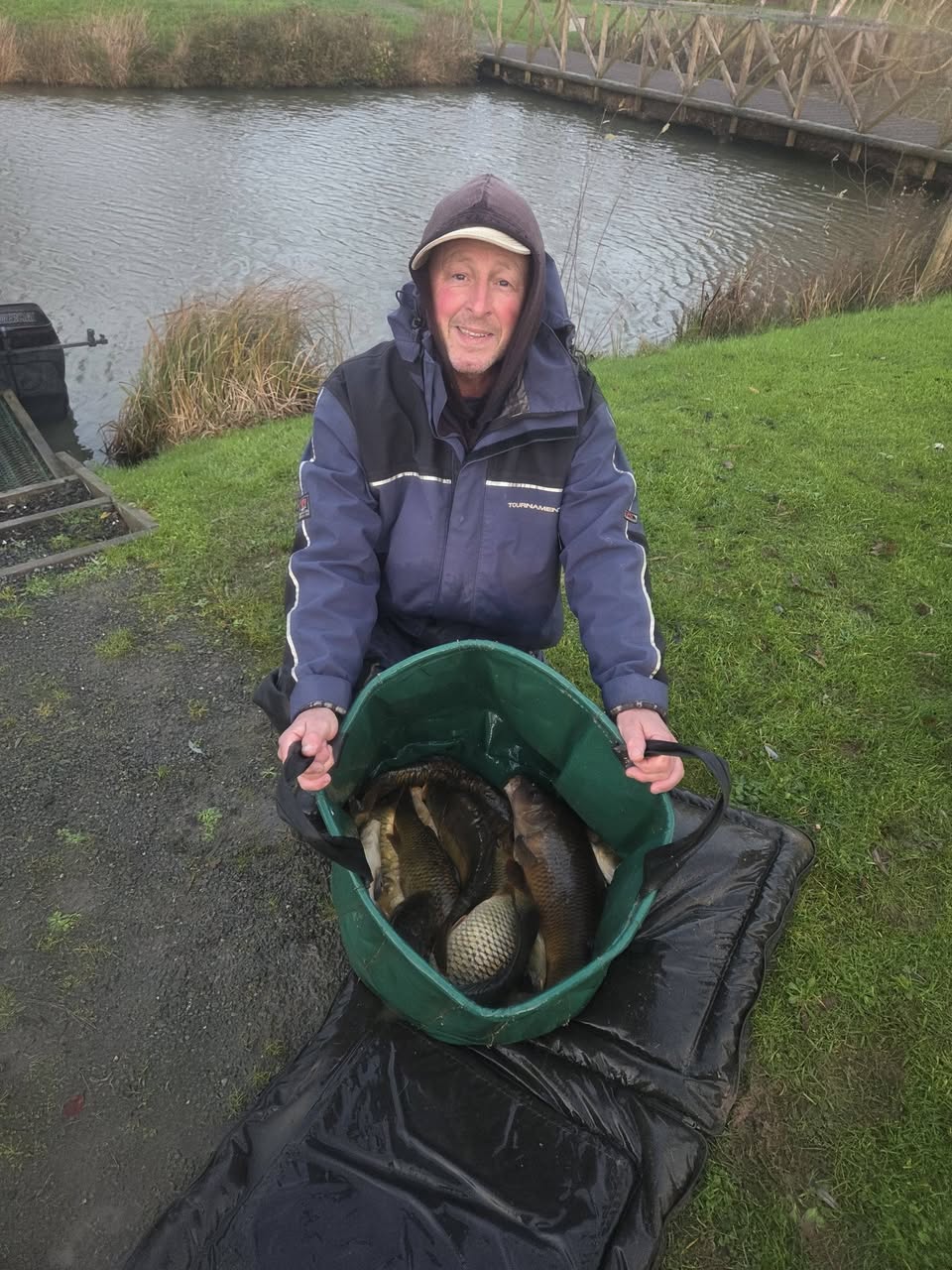
South Molton Angling Club fished their latest Mac Trophy Competition at Bulldog Fishery where Edward Rands was first to bag up with six fish by 9:30am including the biggest fish for the day a fine brown trout of 4lb 8oz. Breakfast was served up at 10:00am by which time some members had already enjoyed excellent sport.
